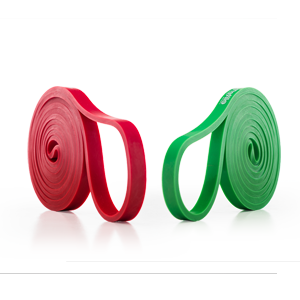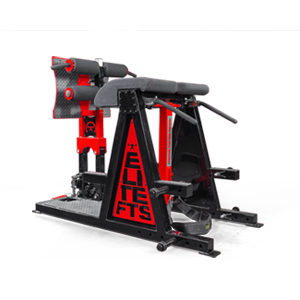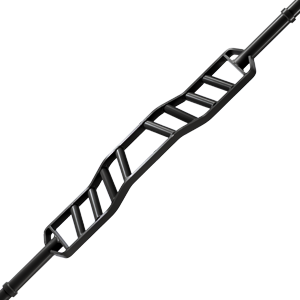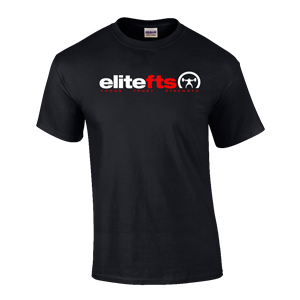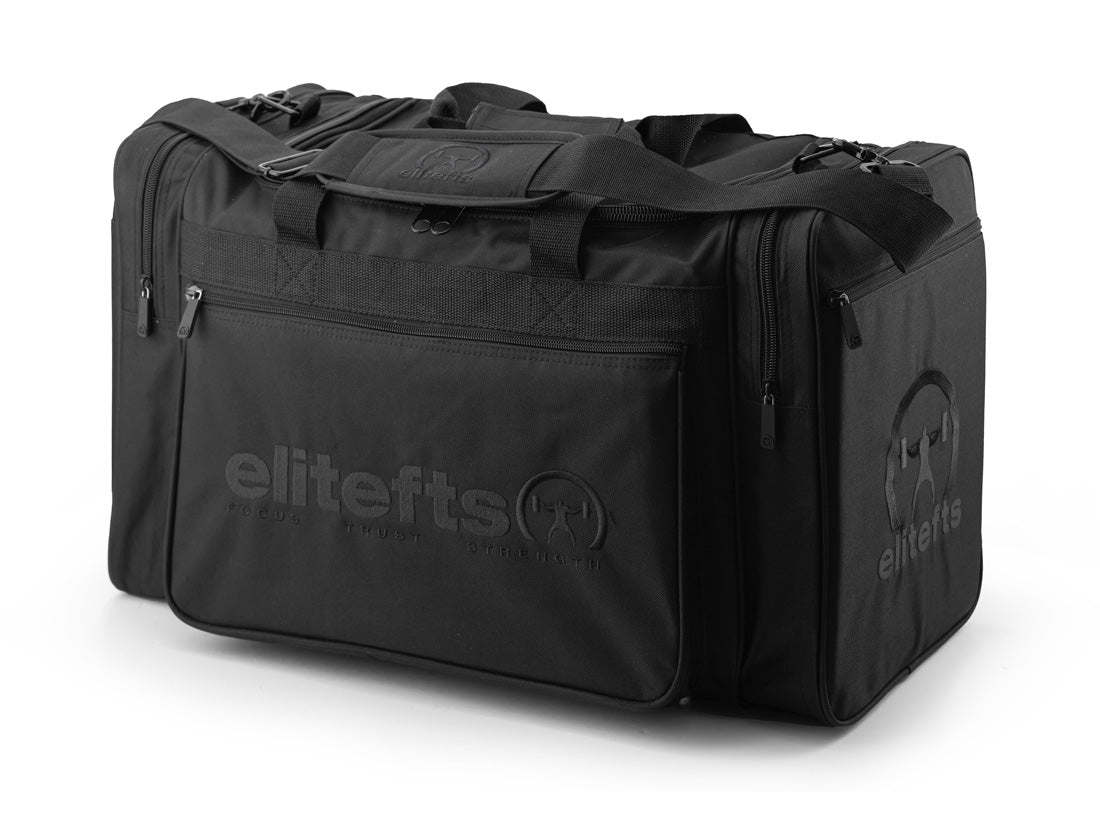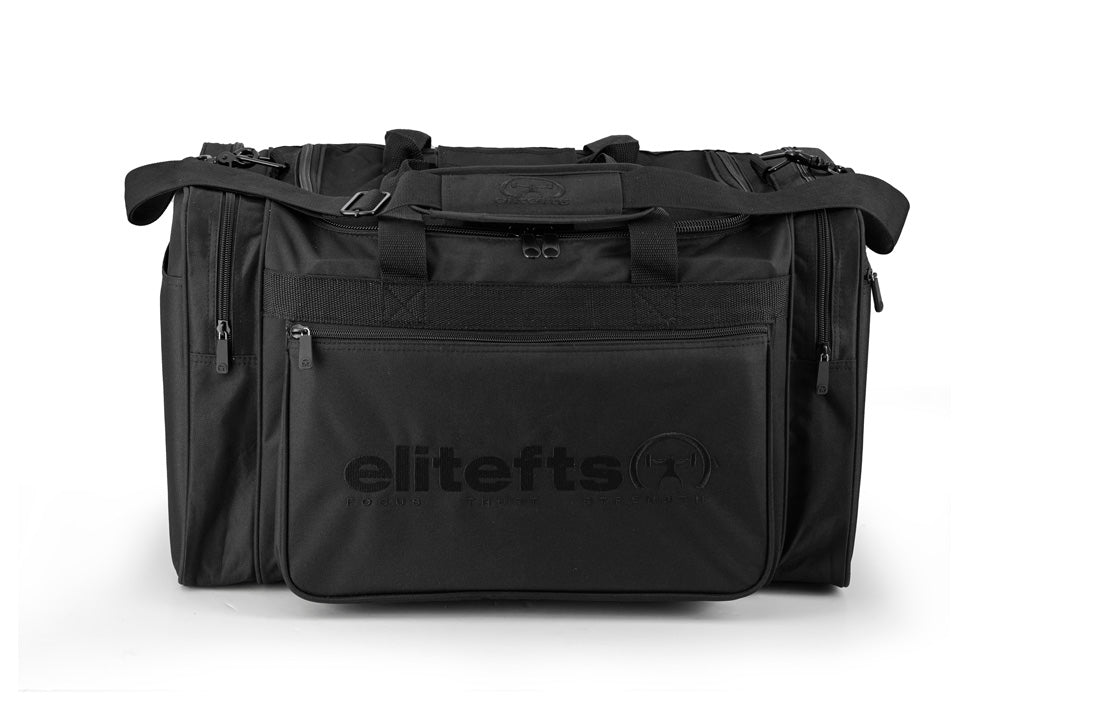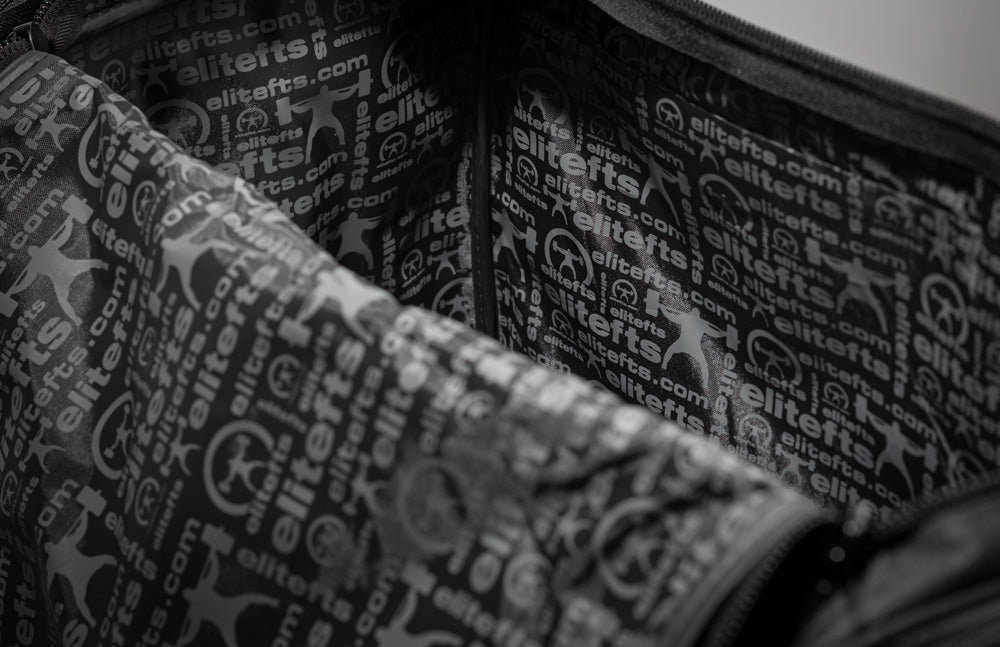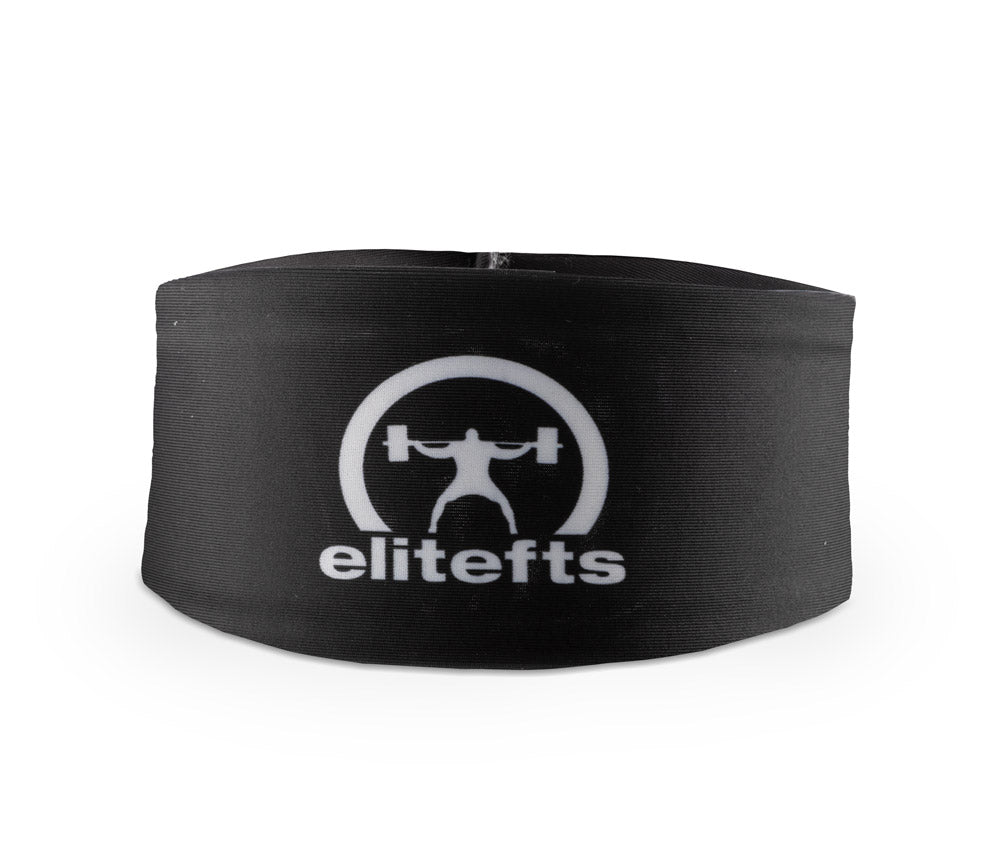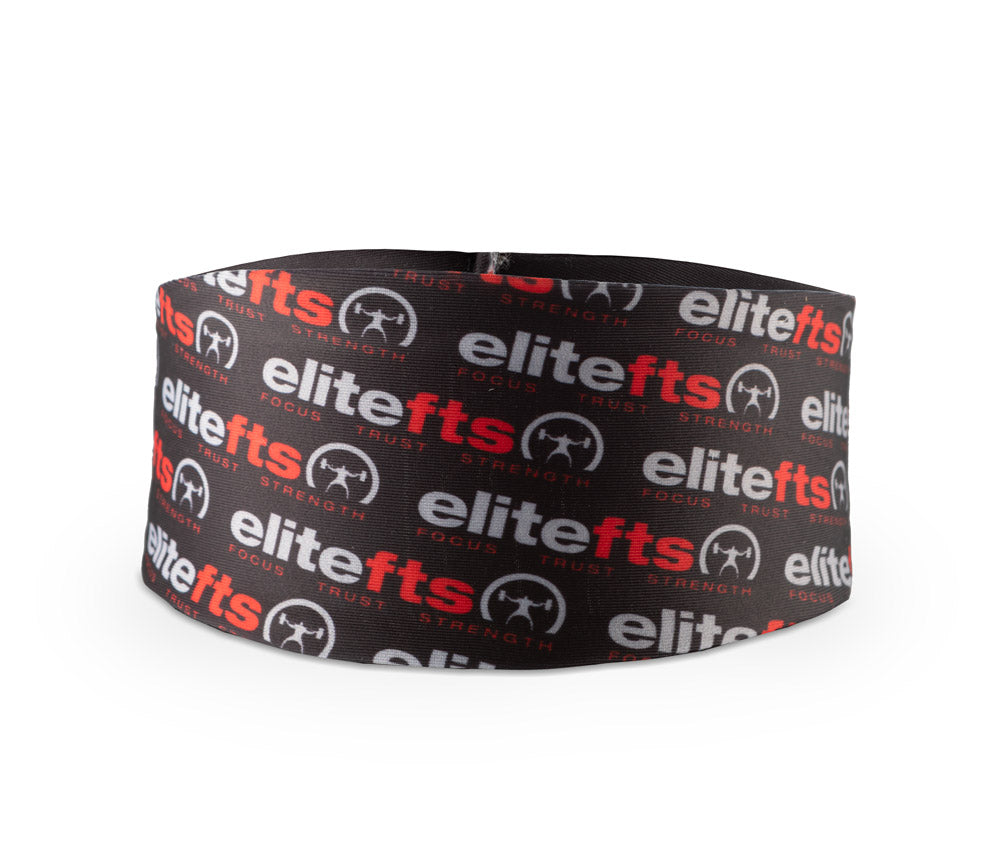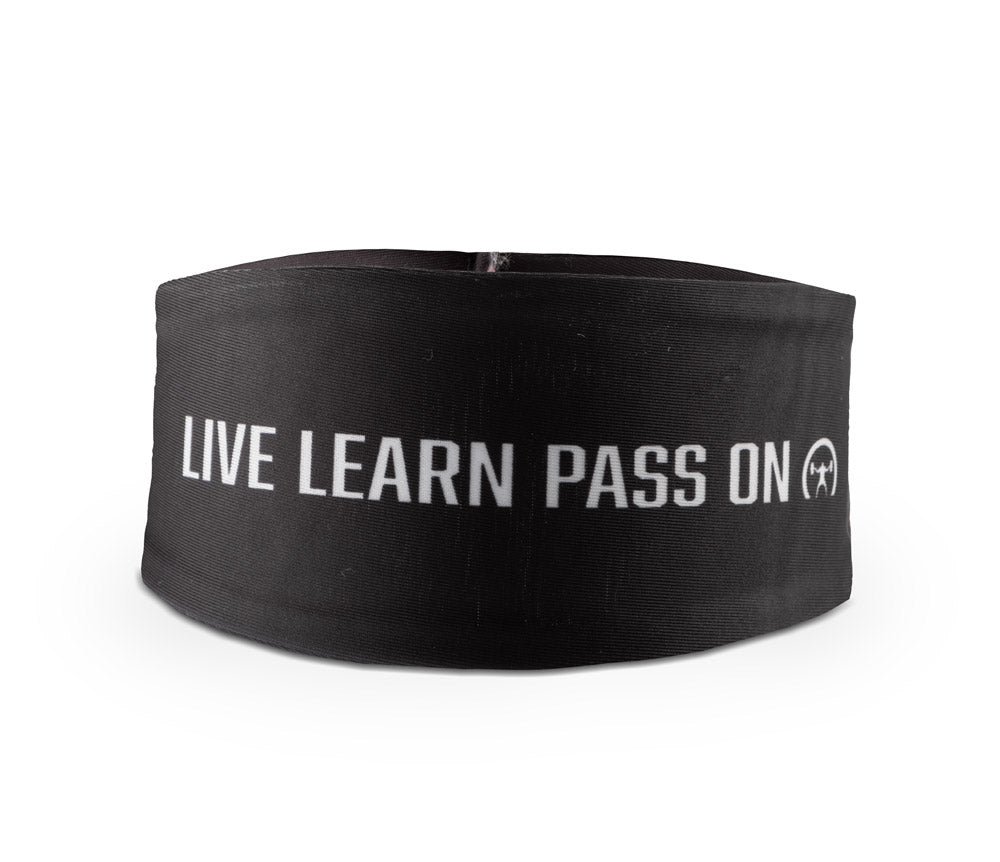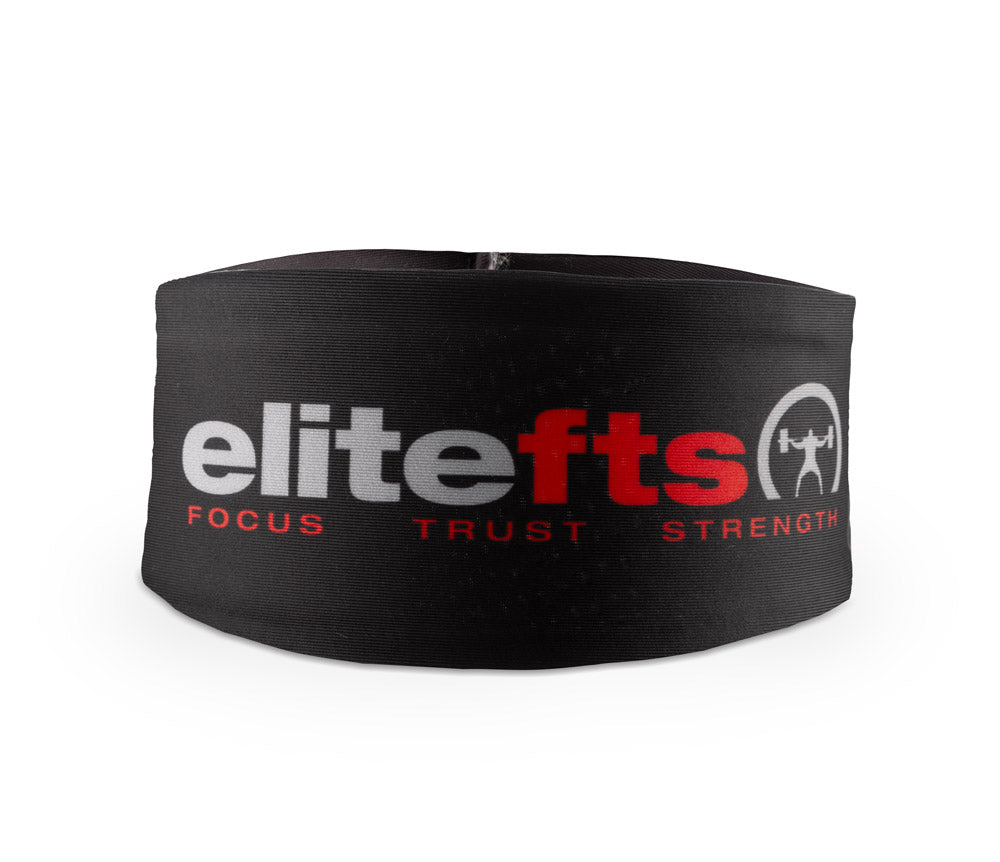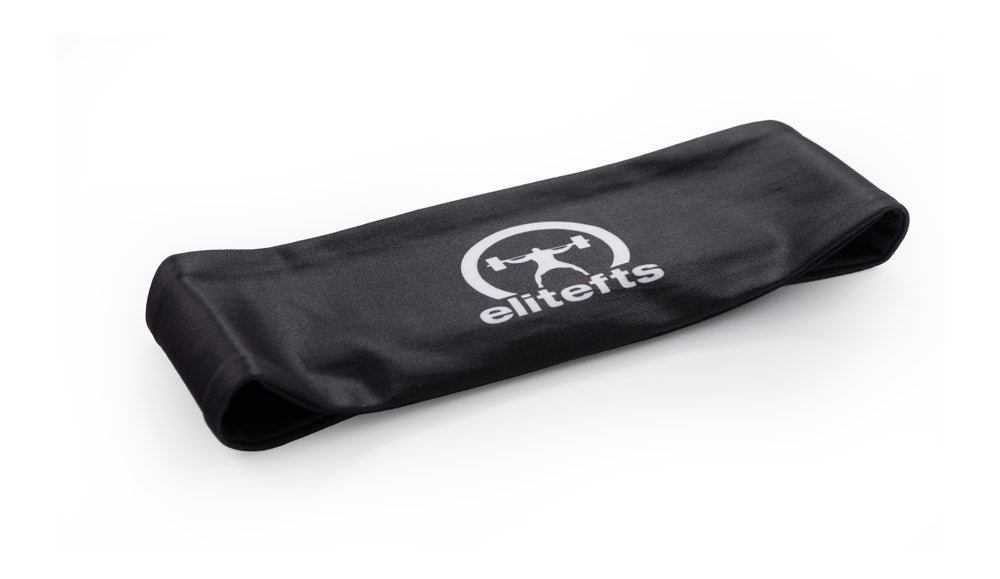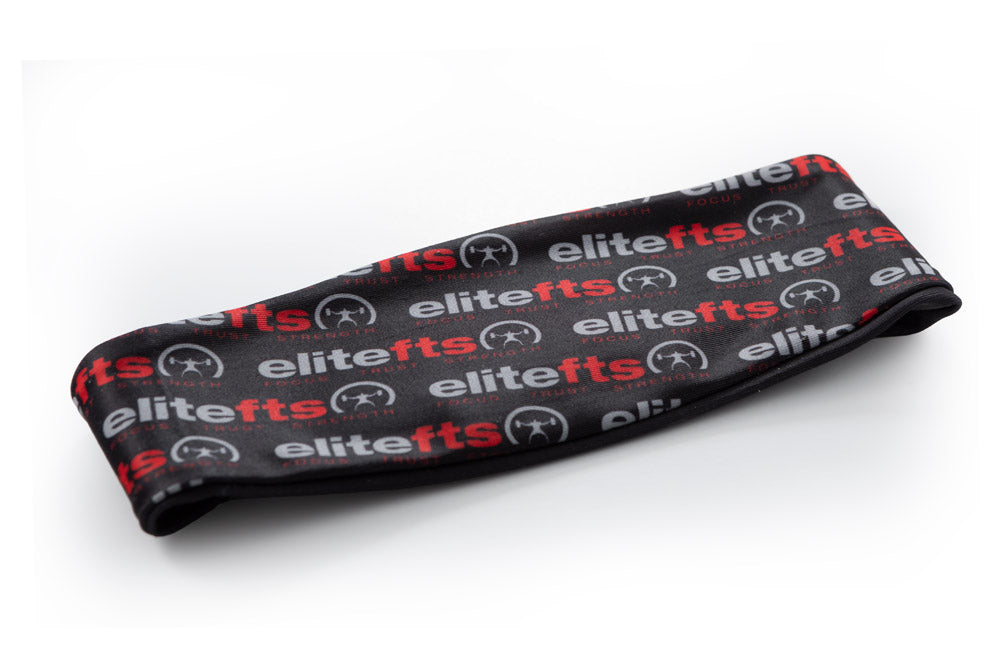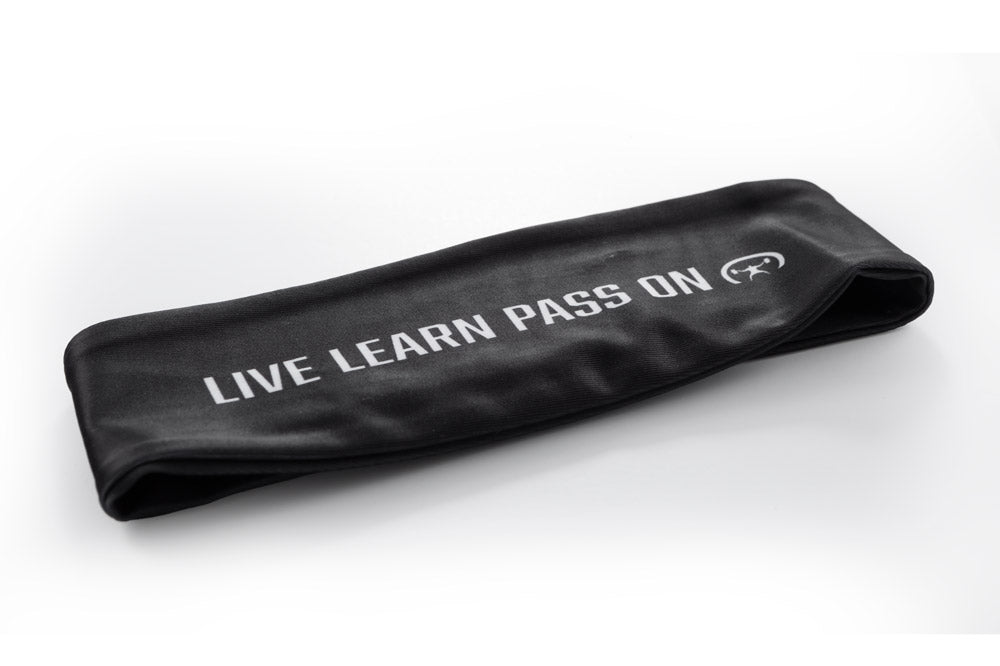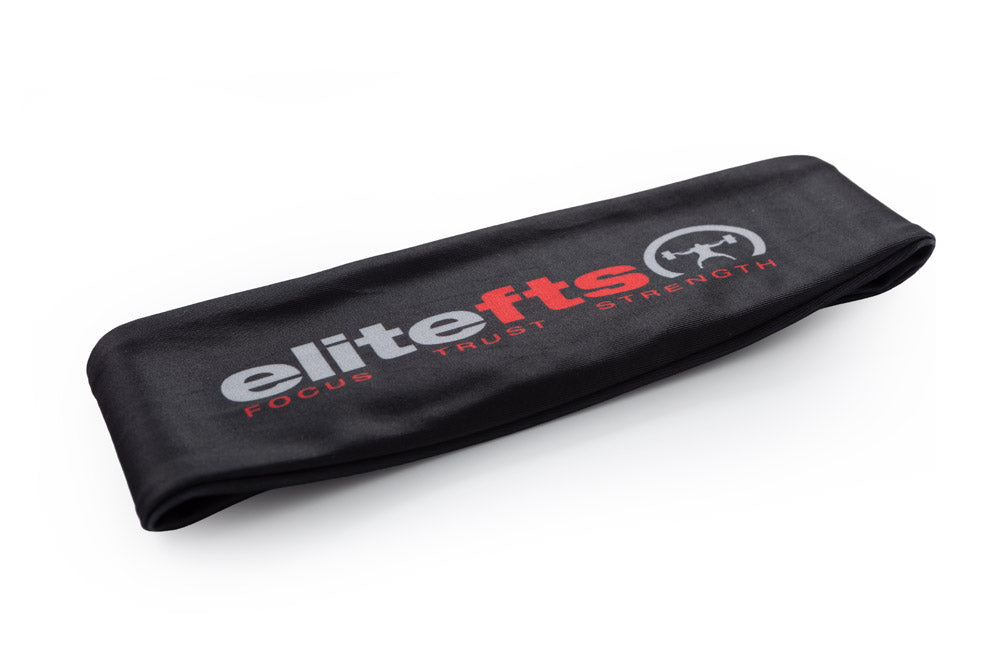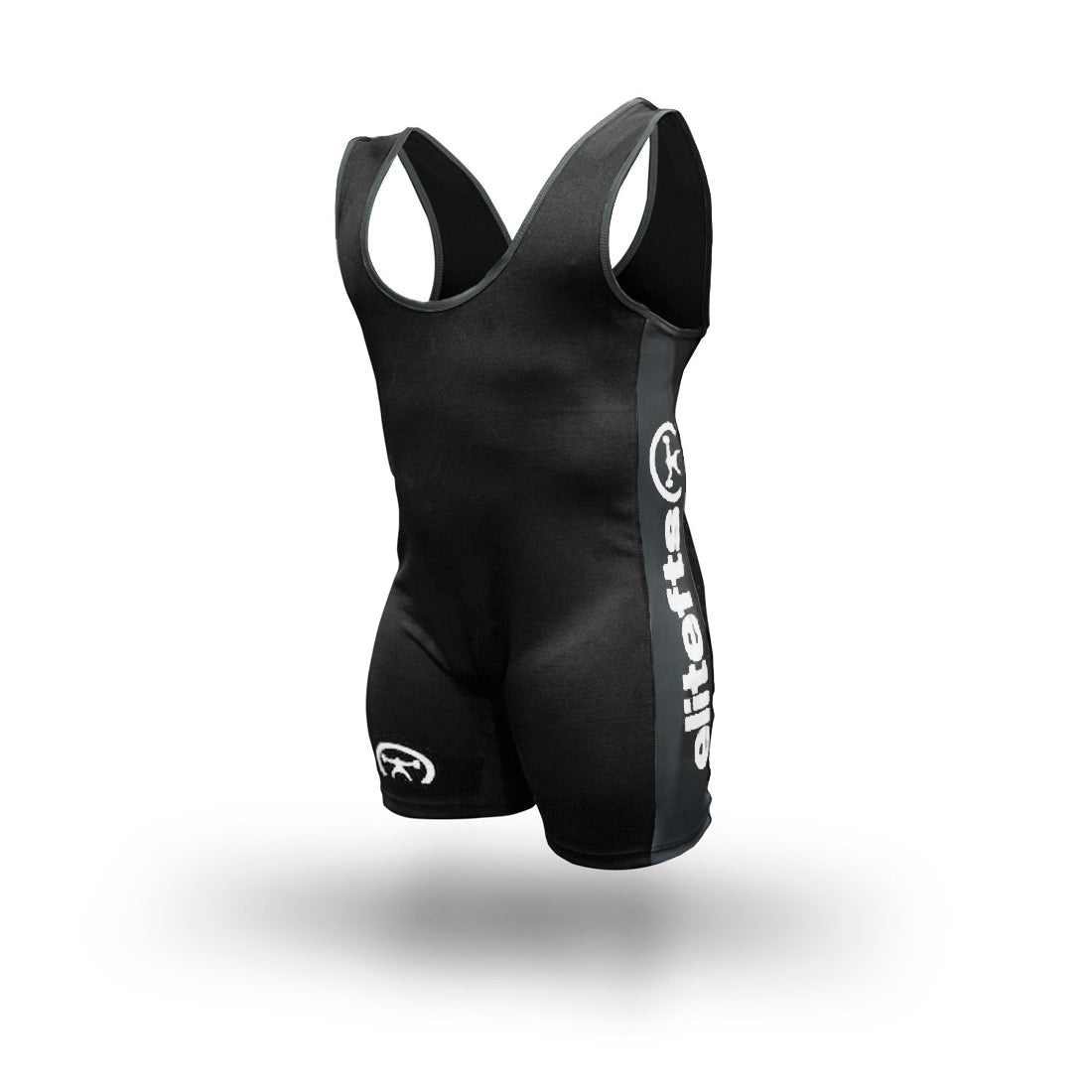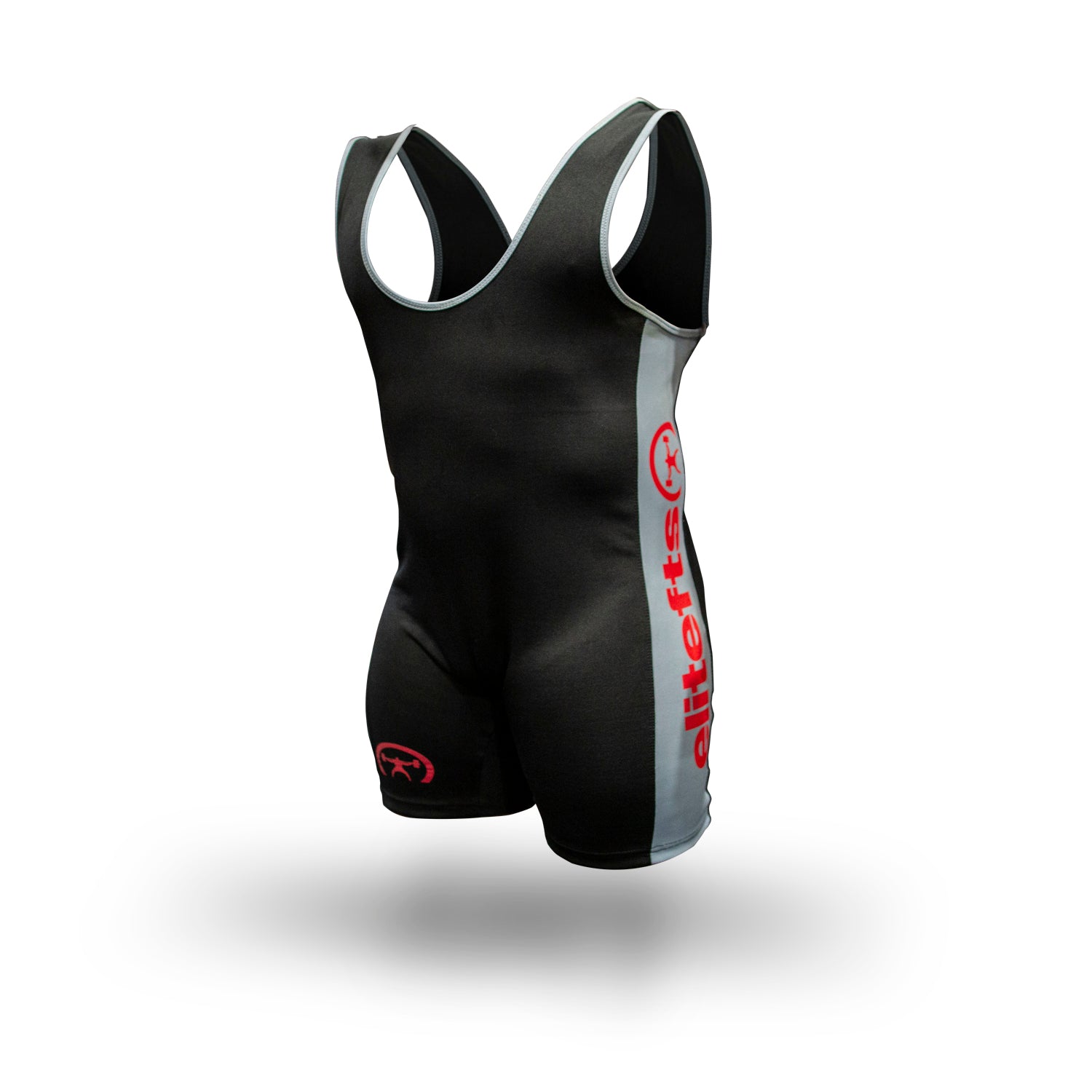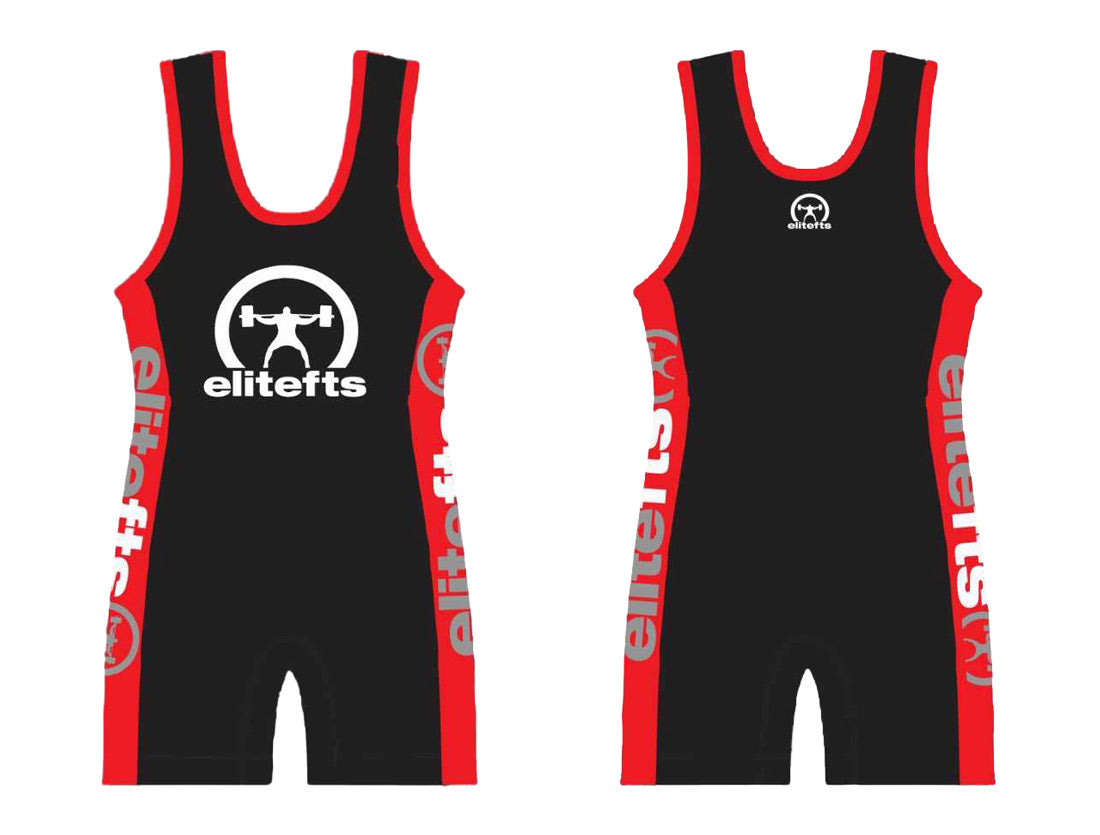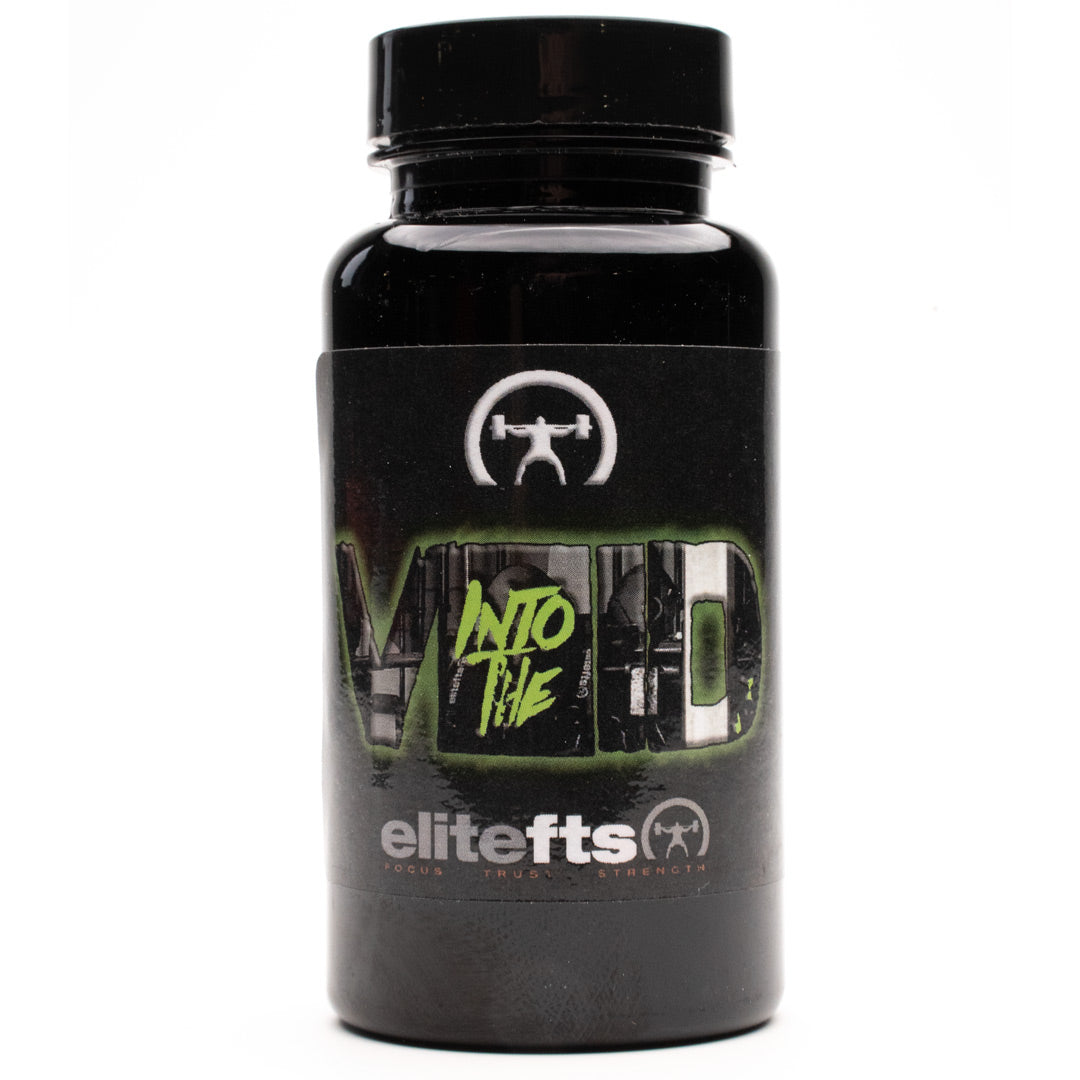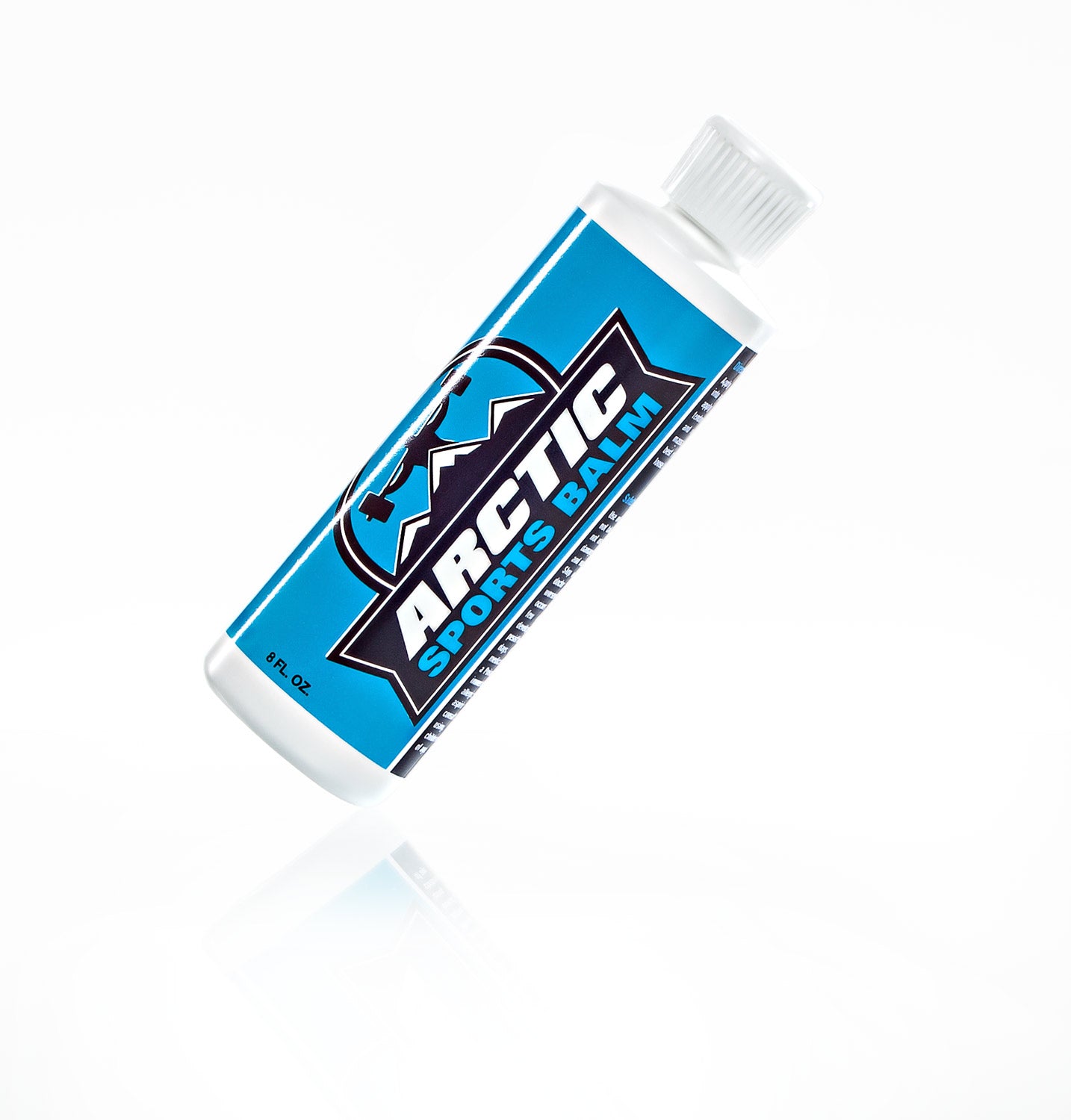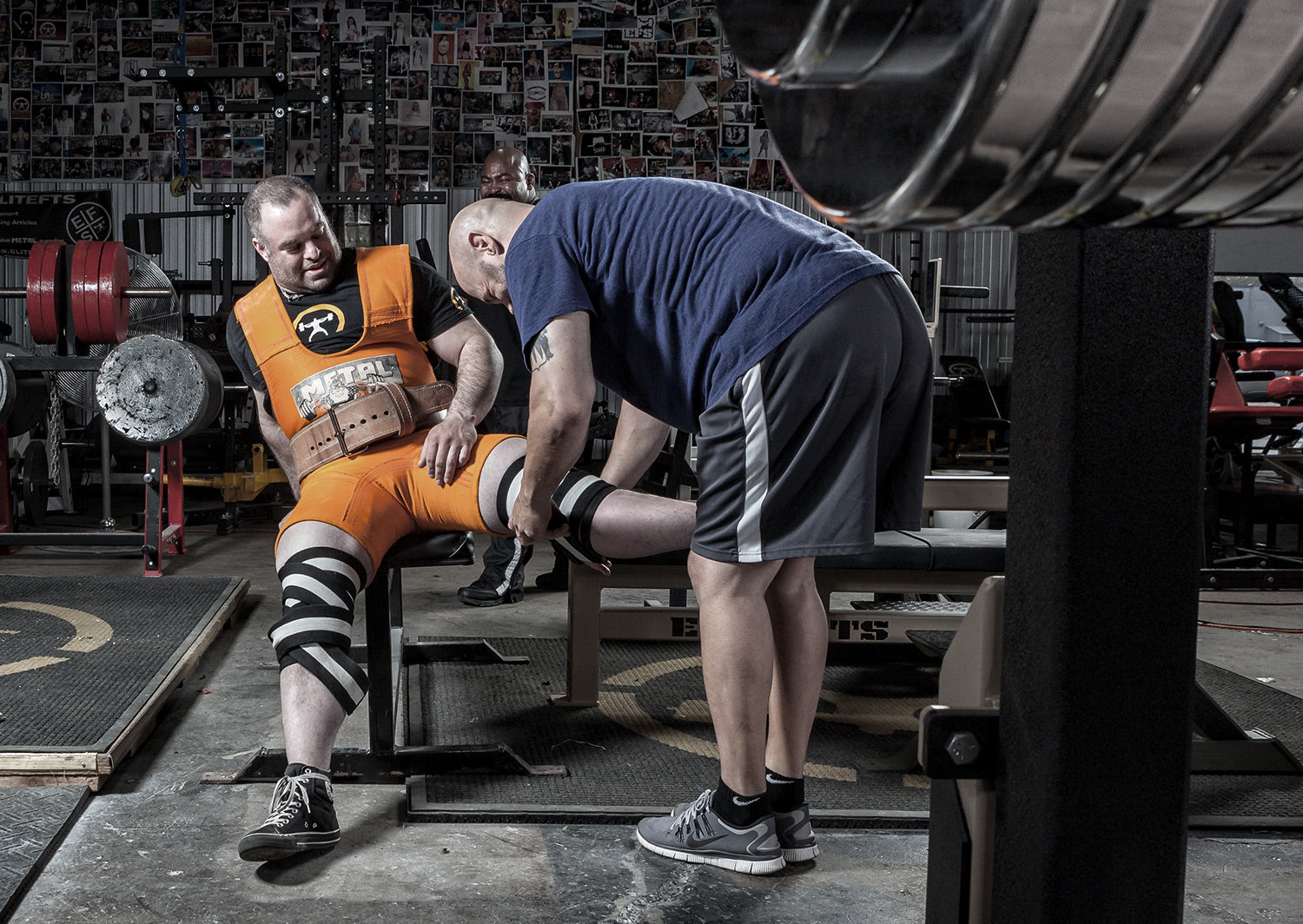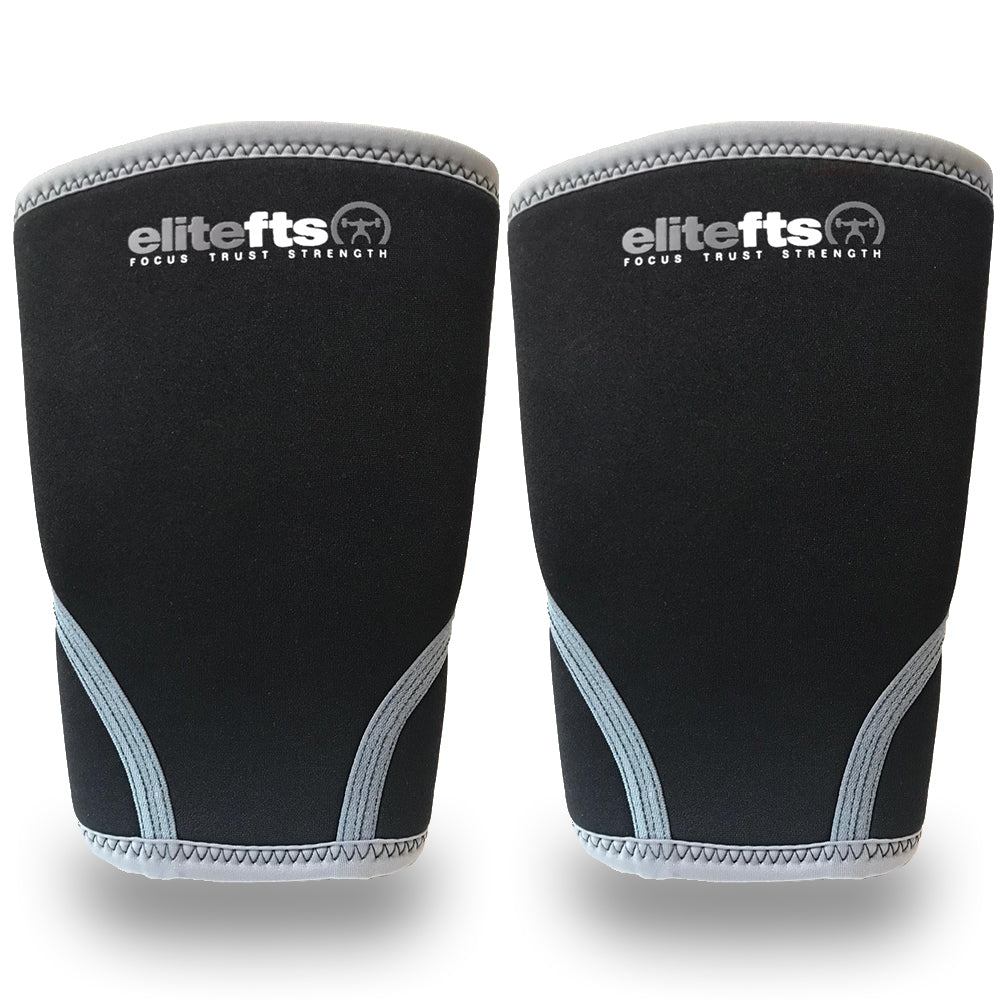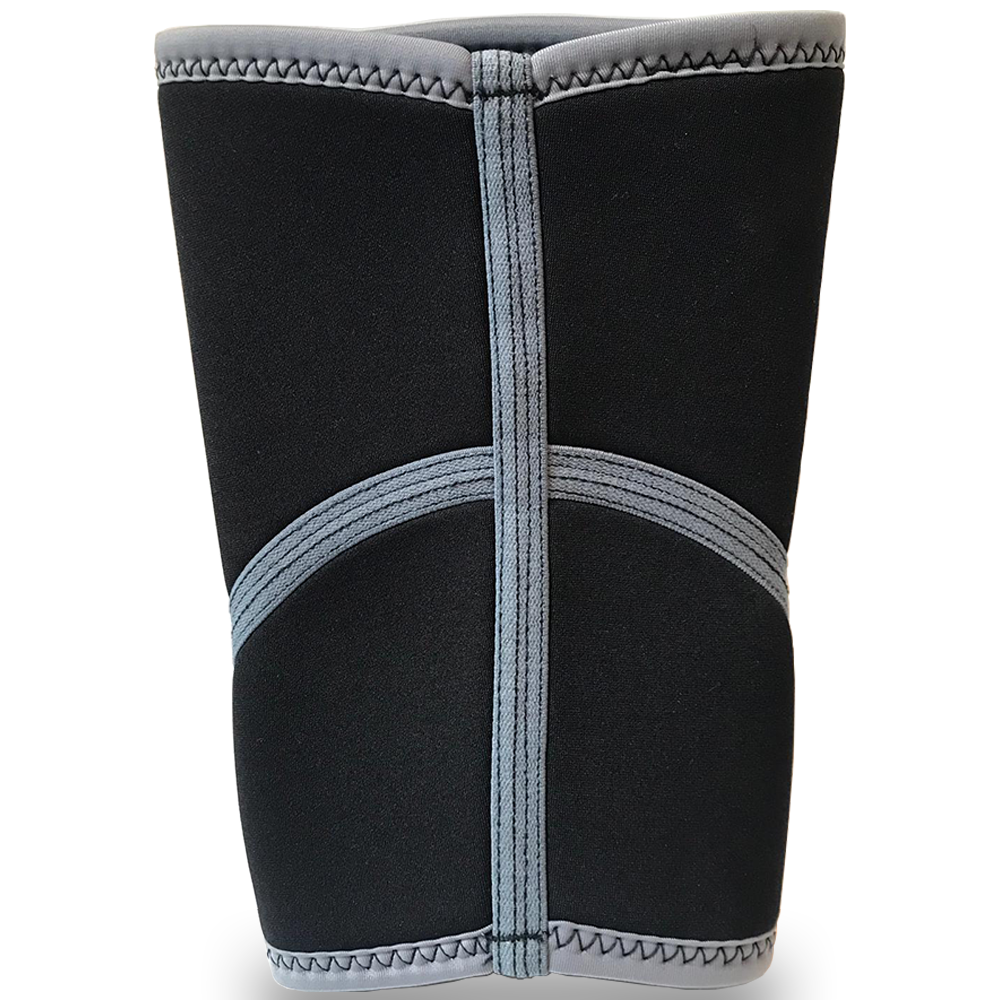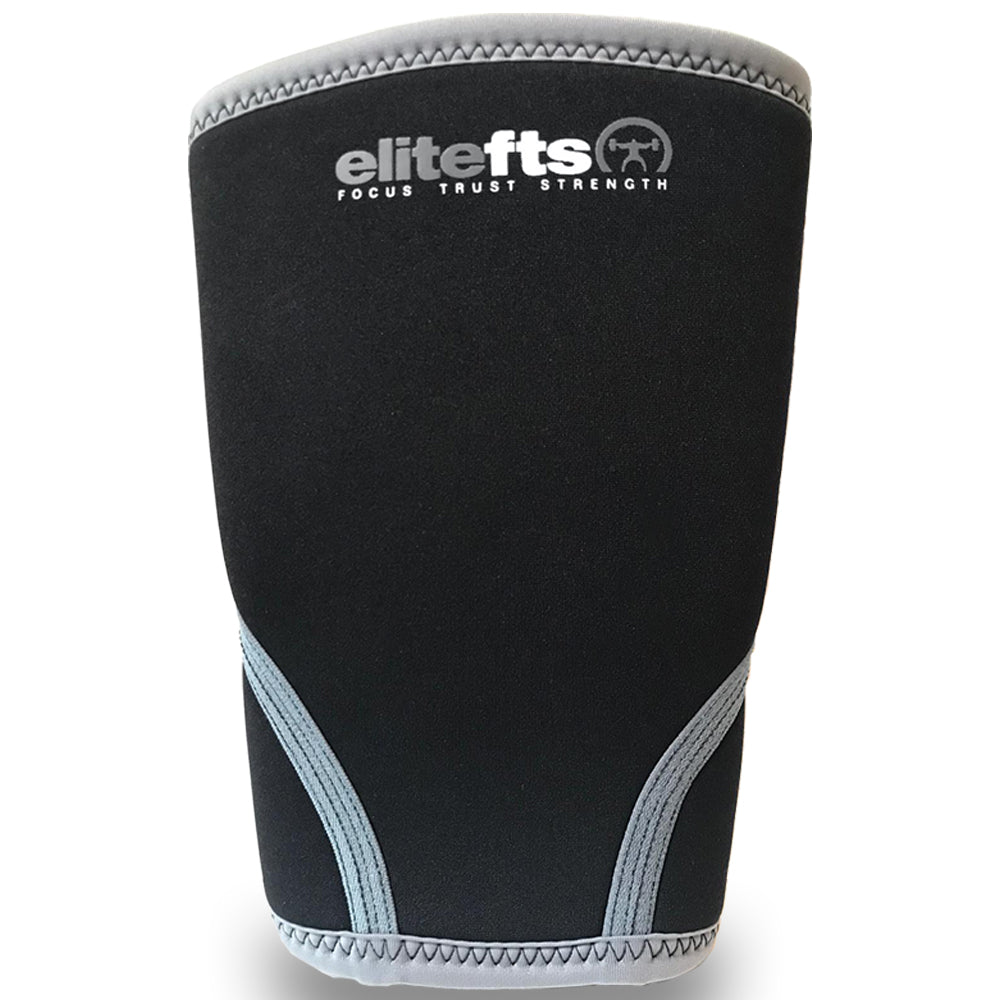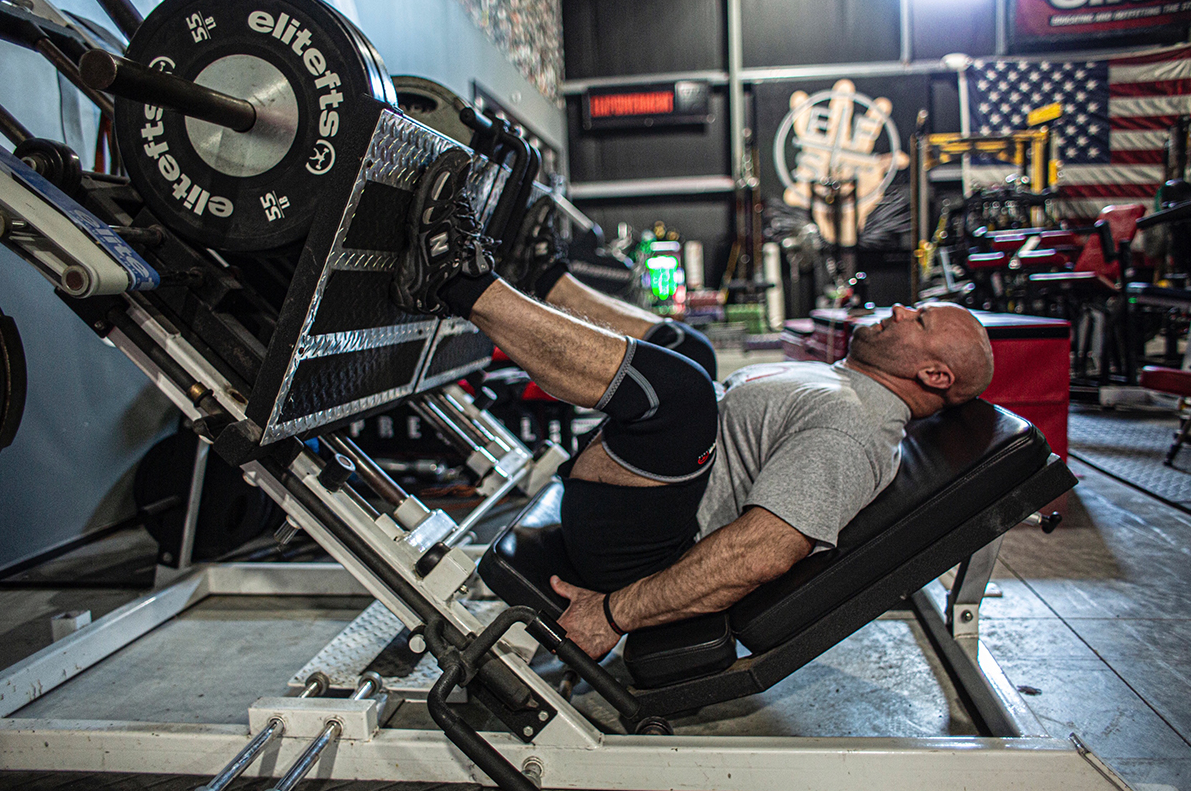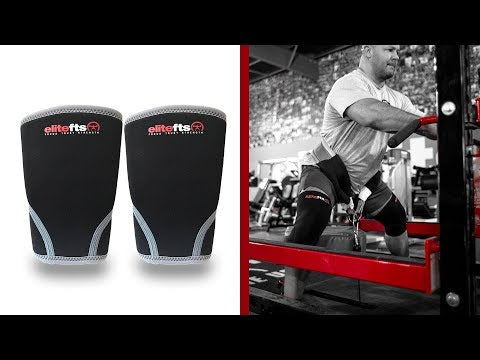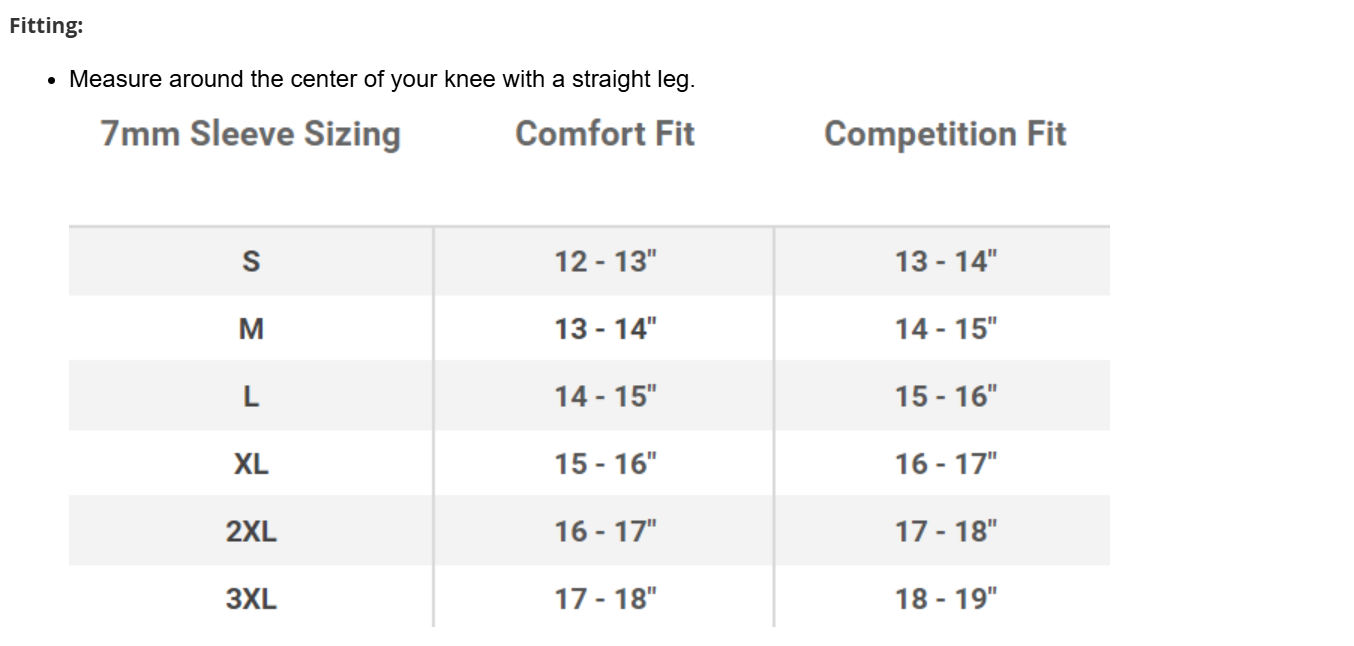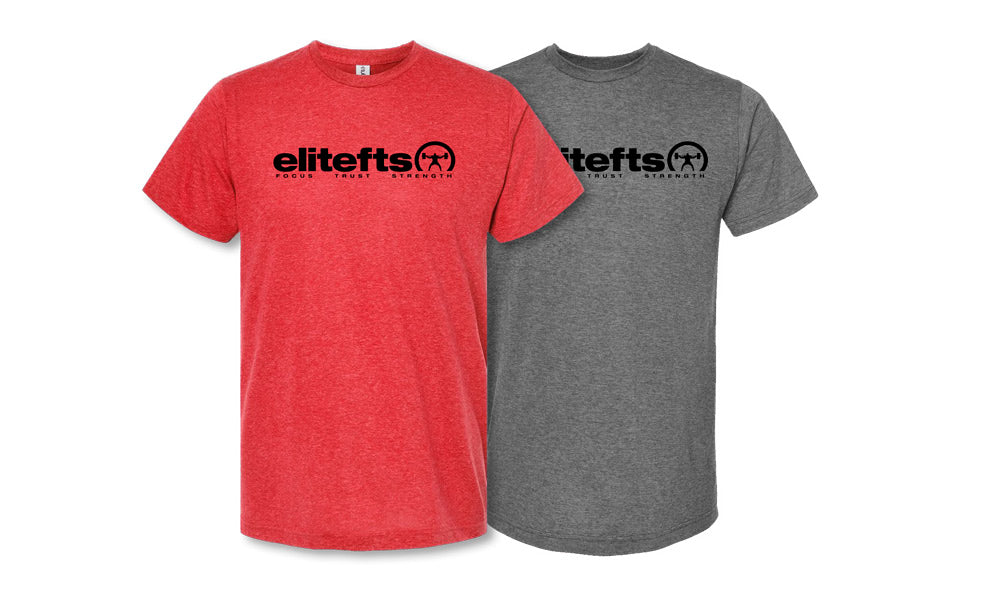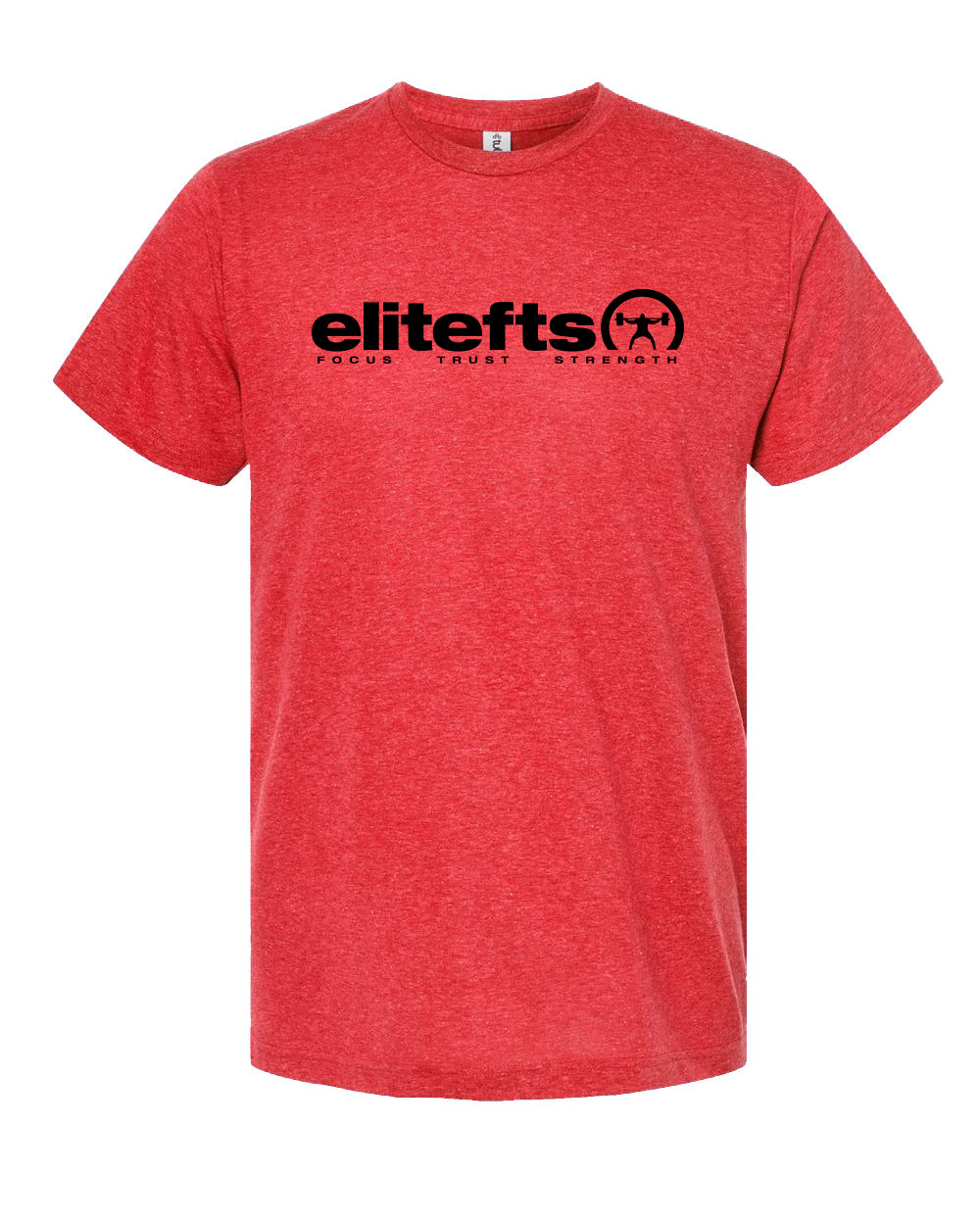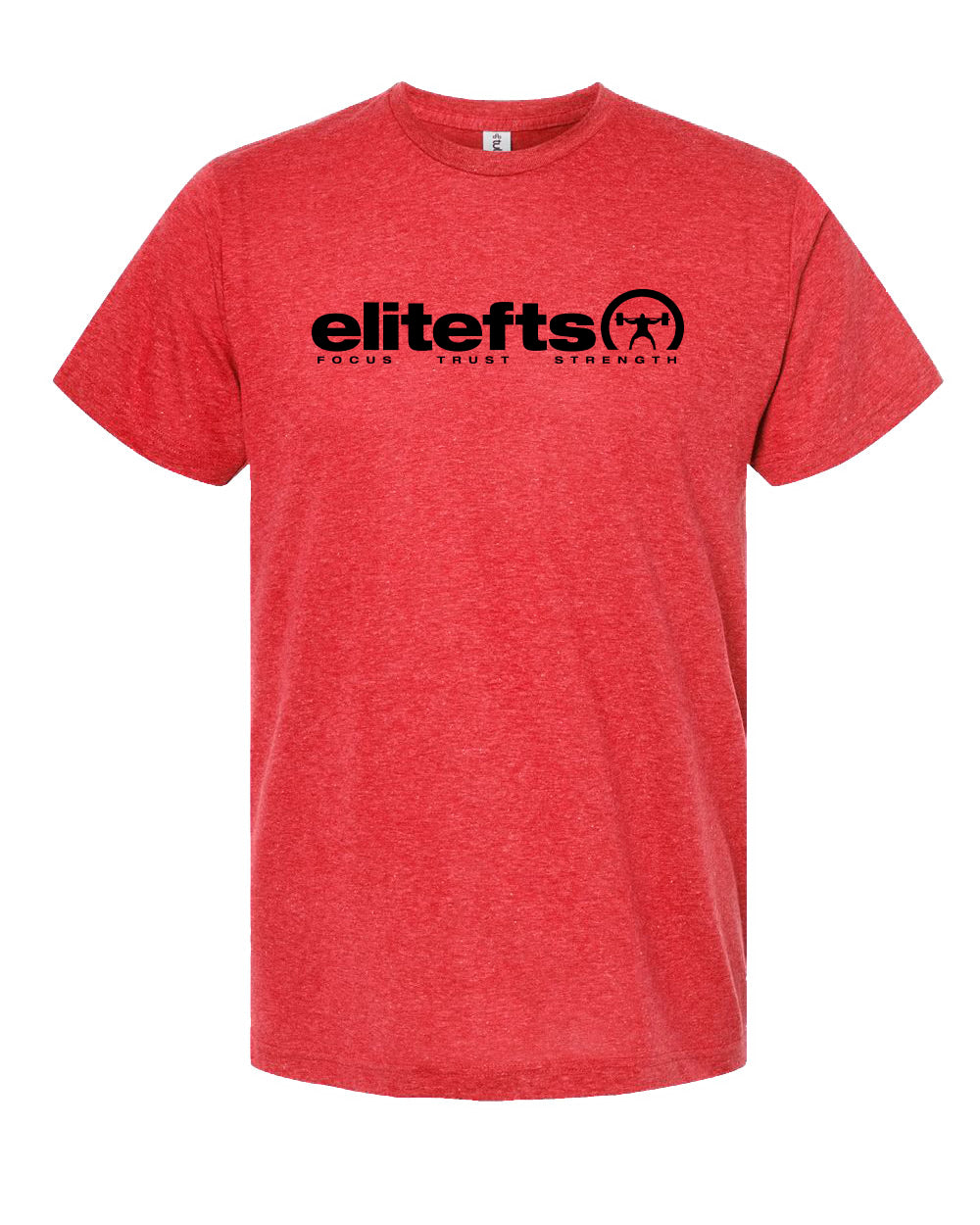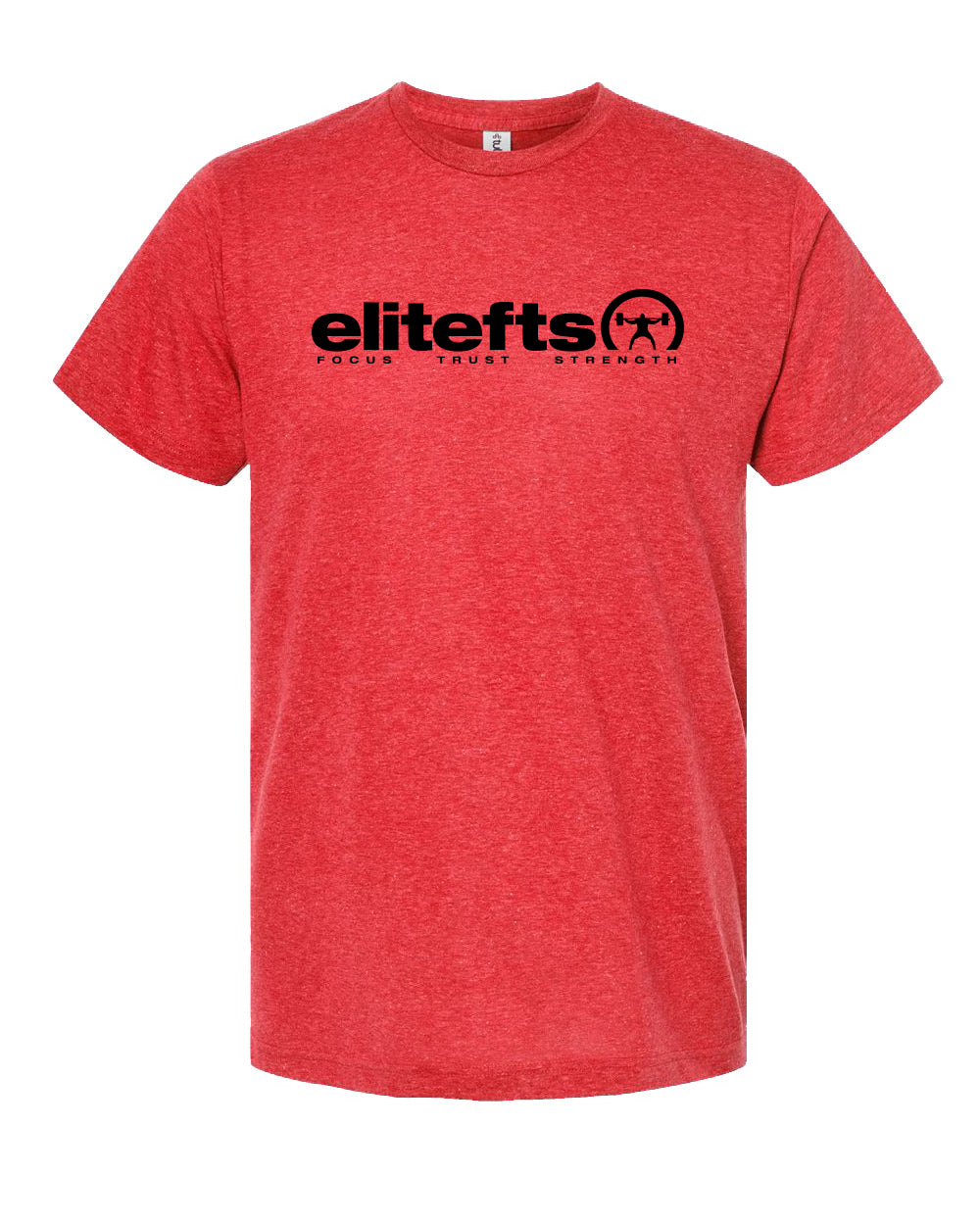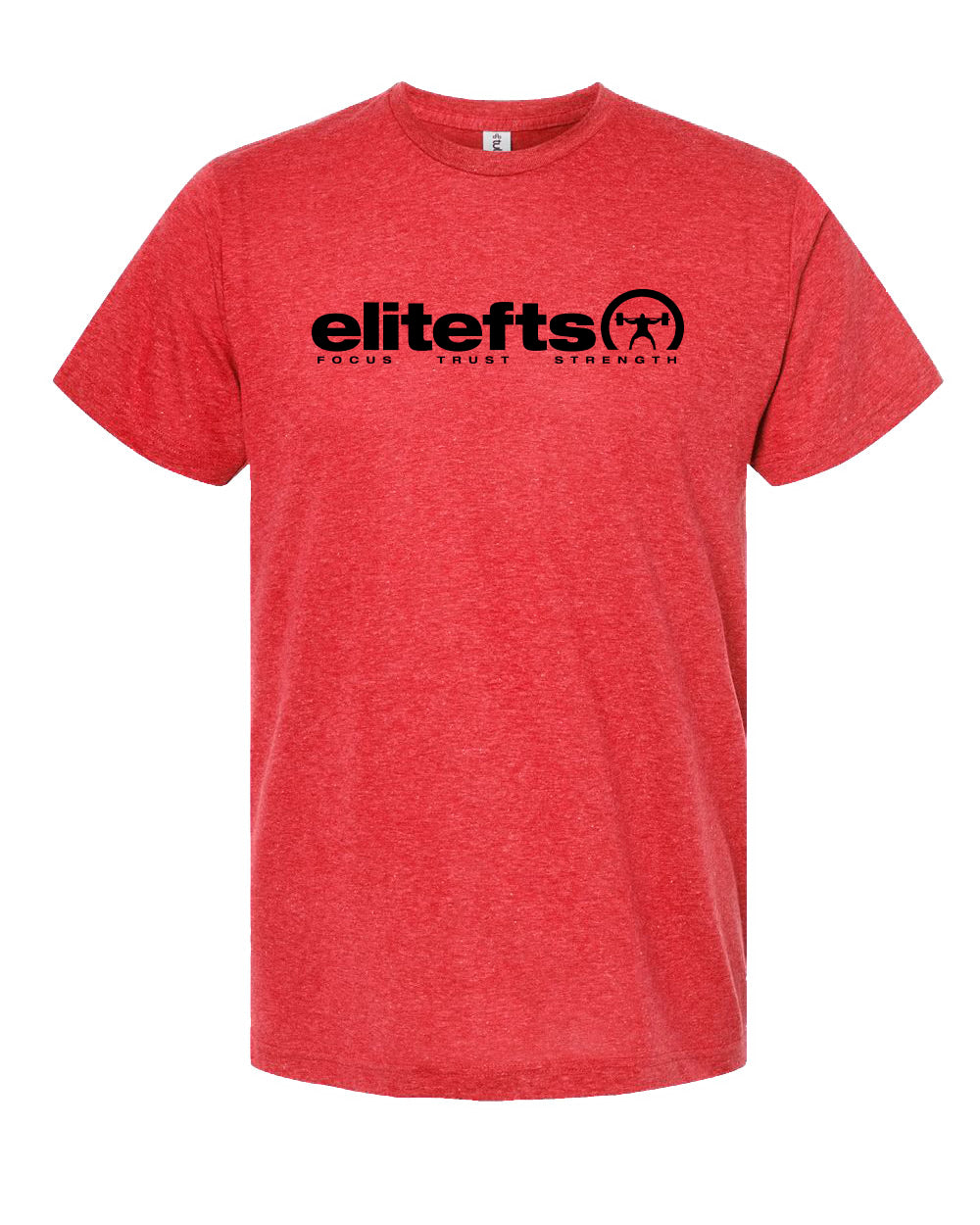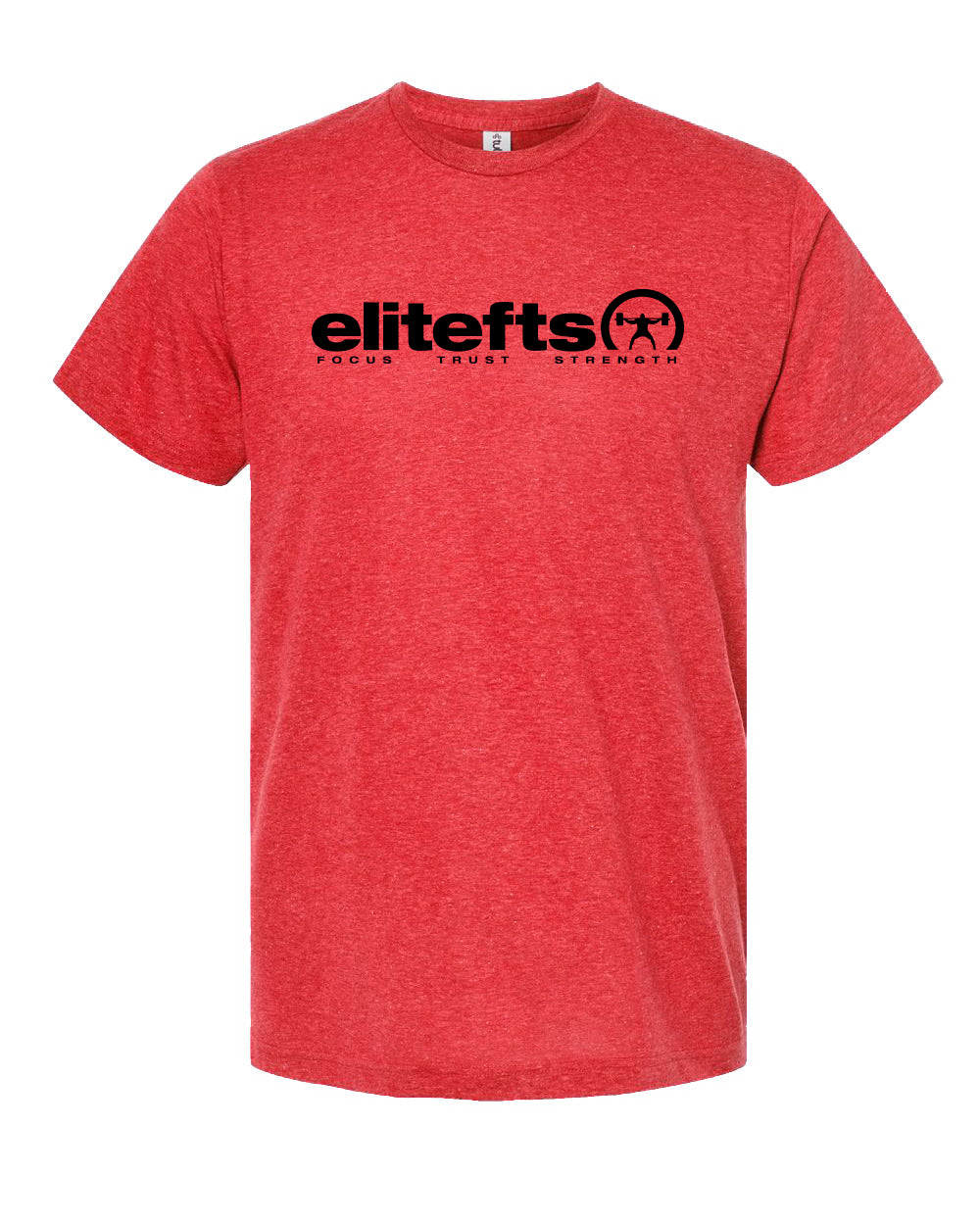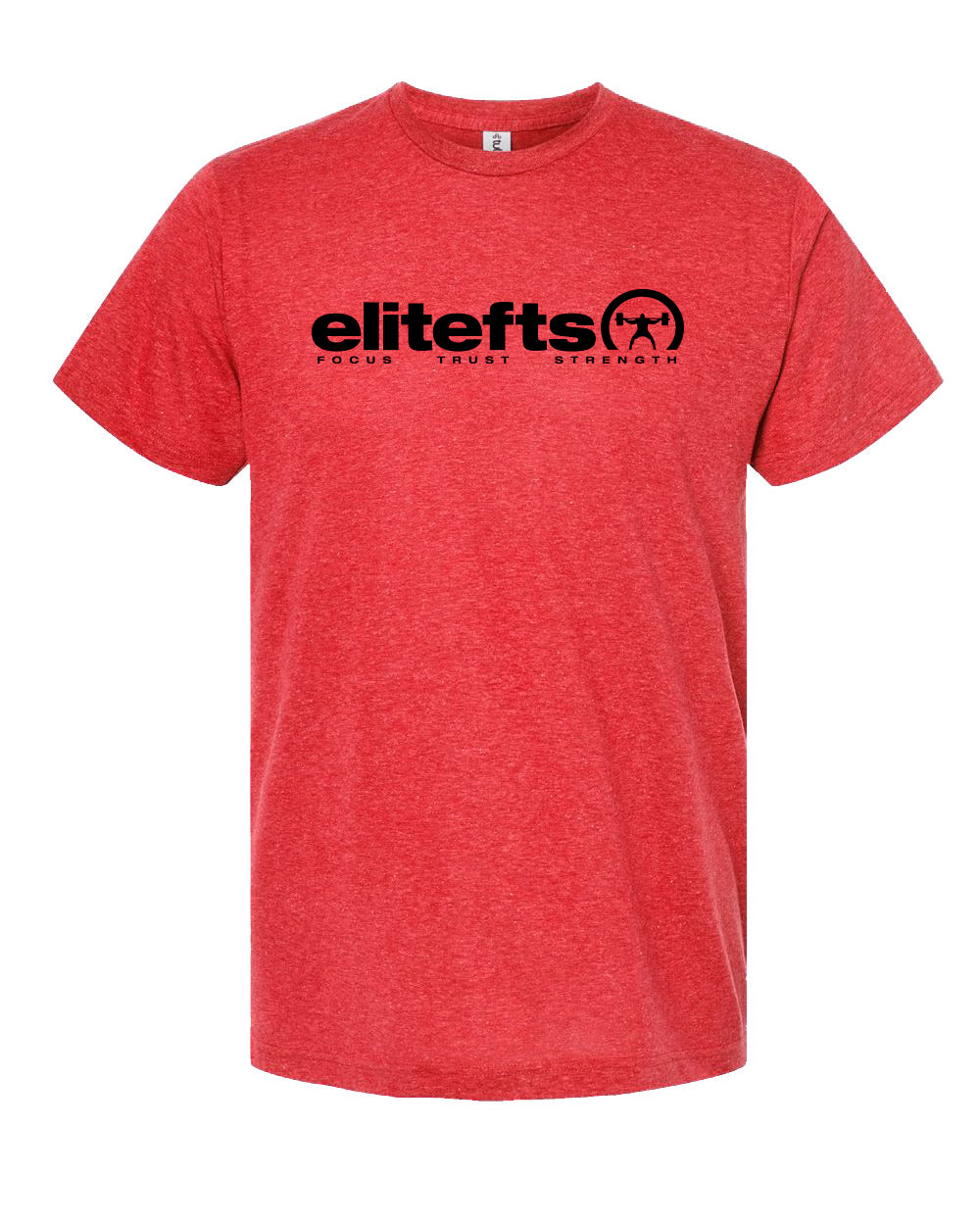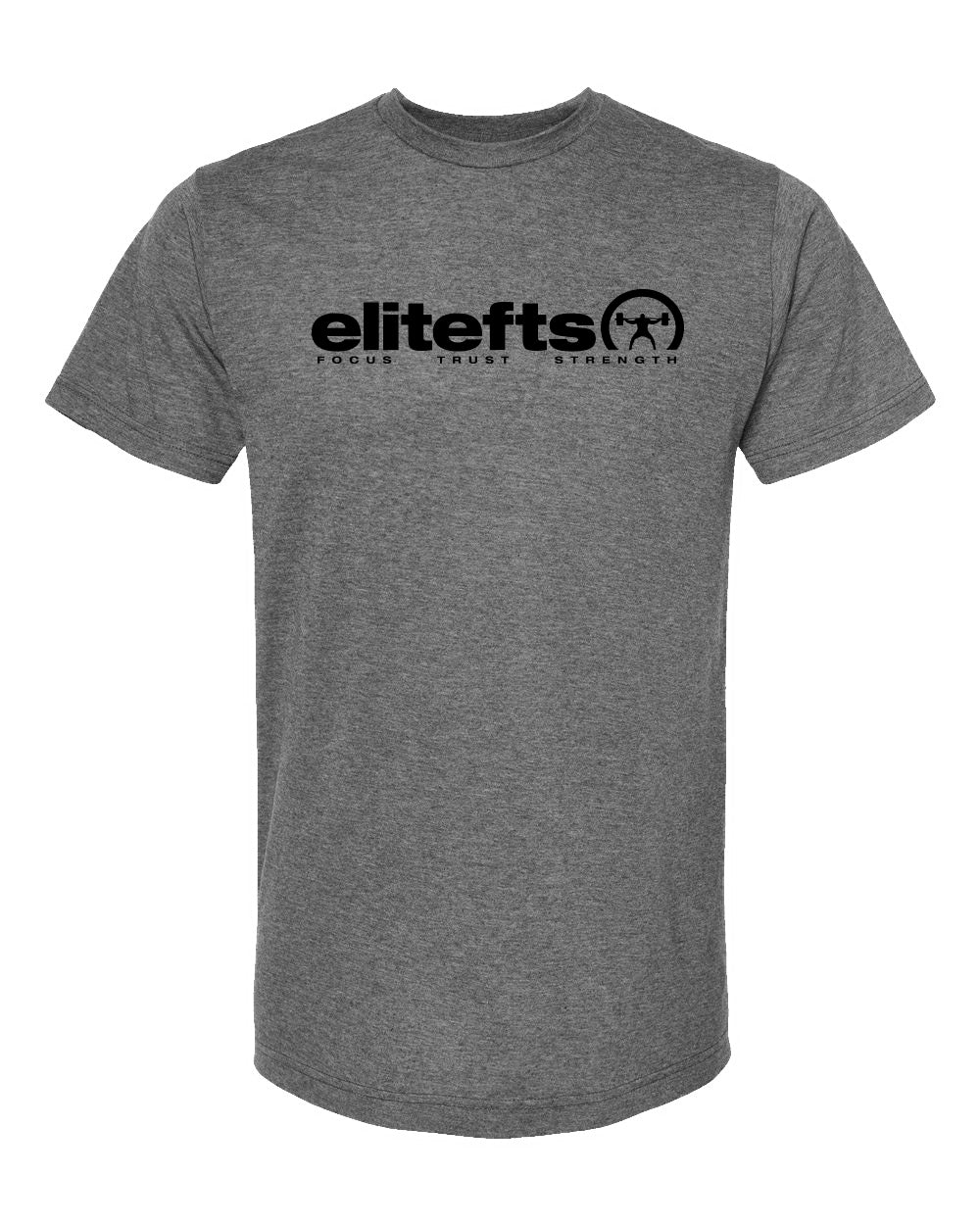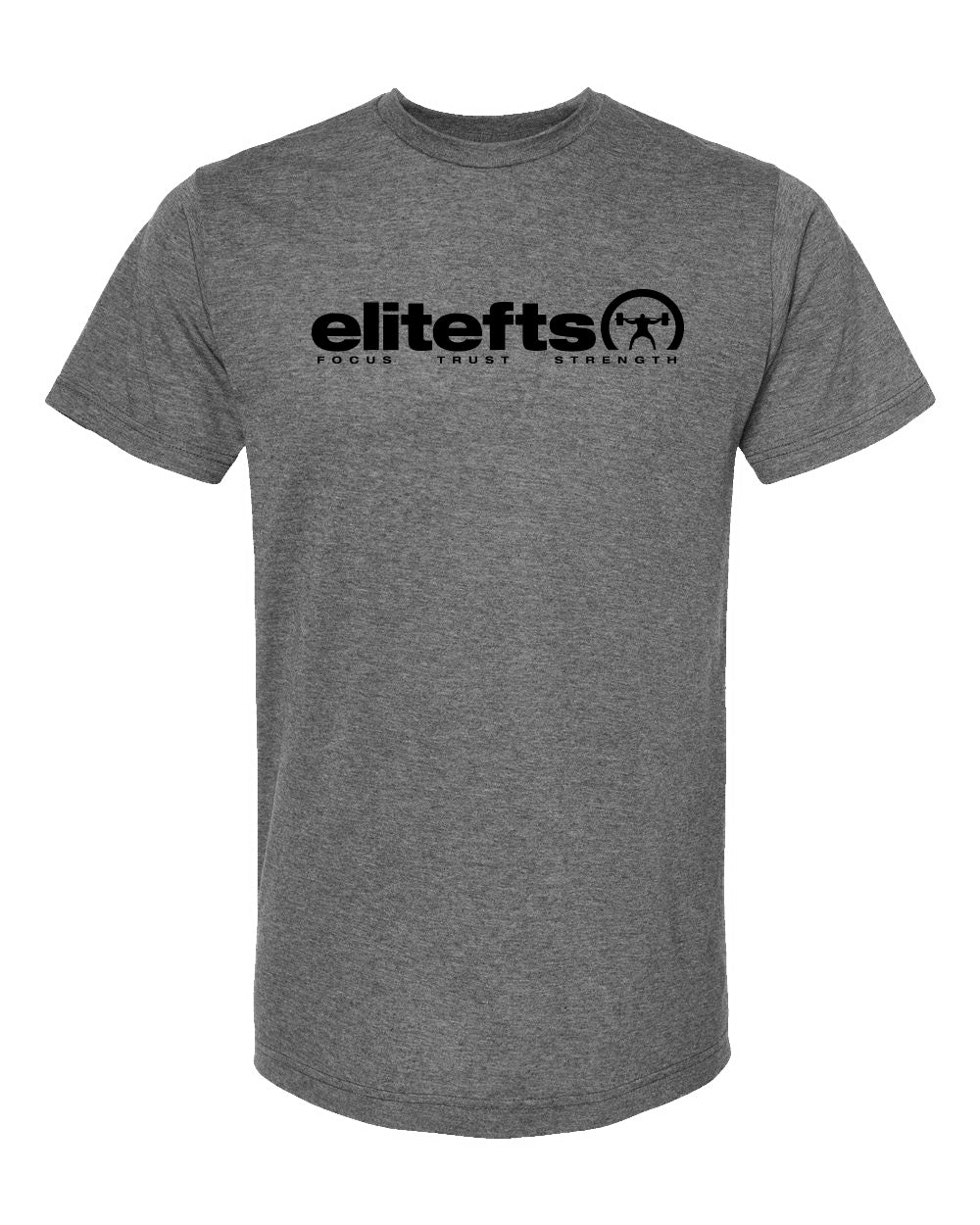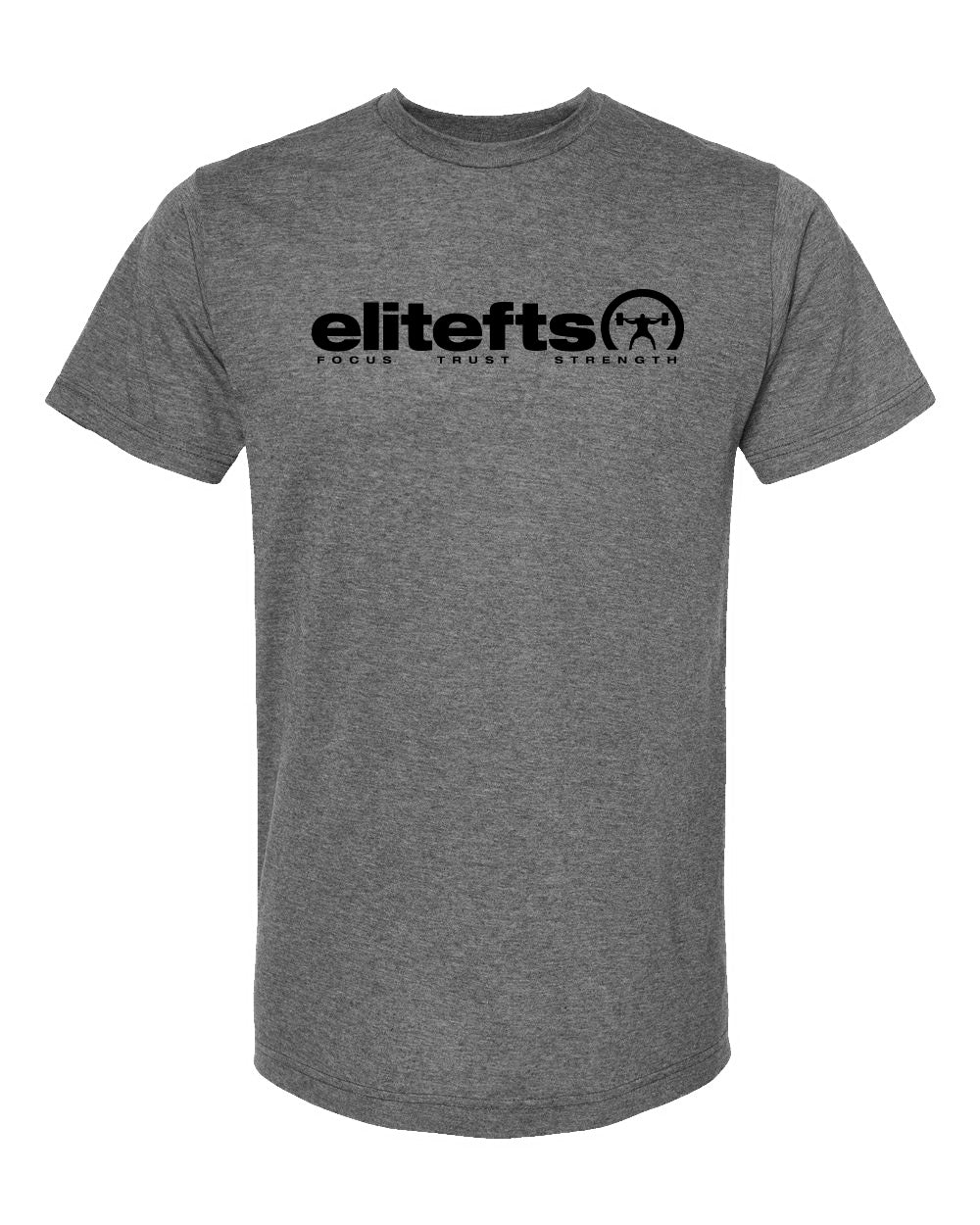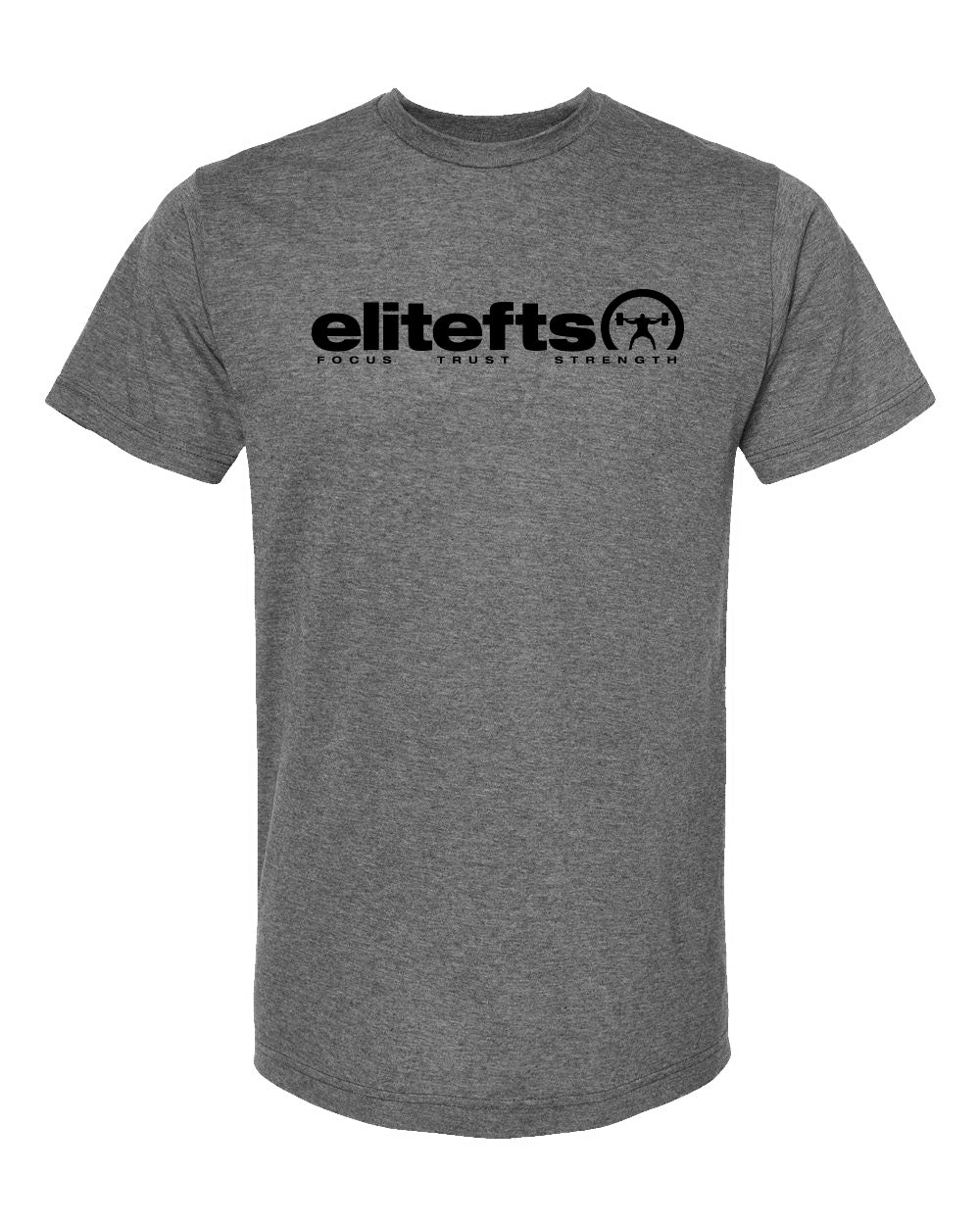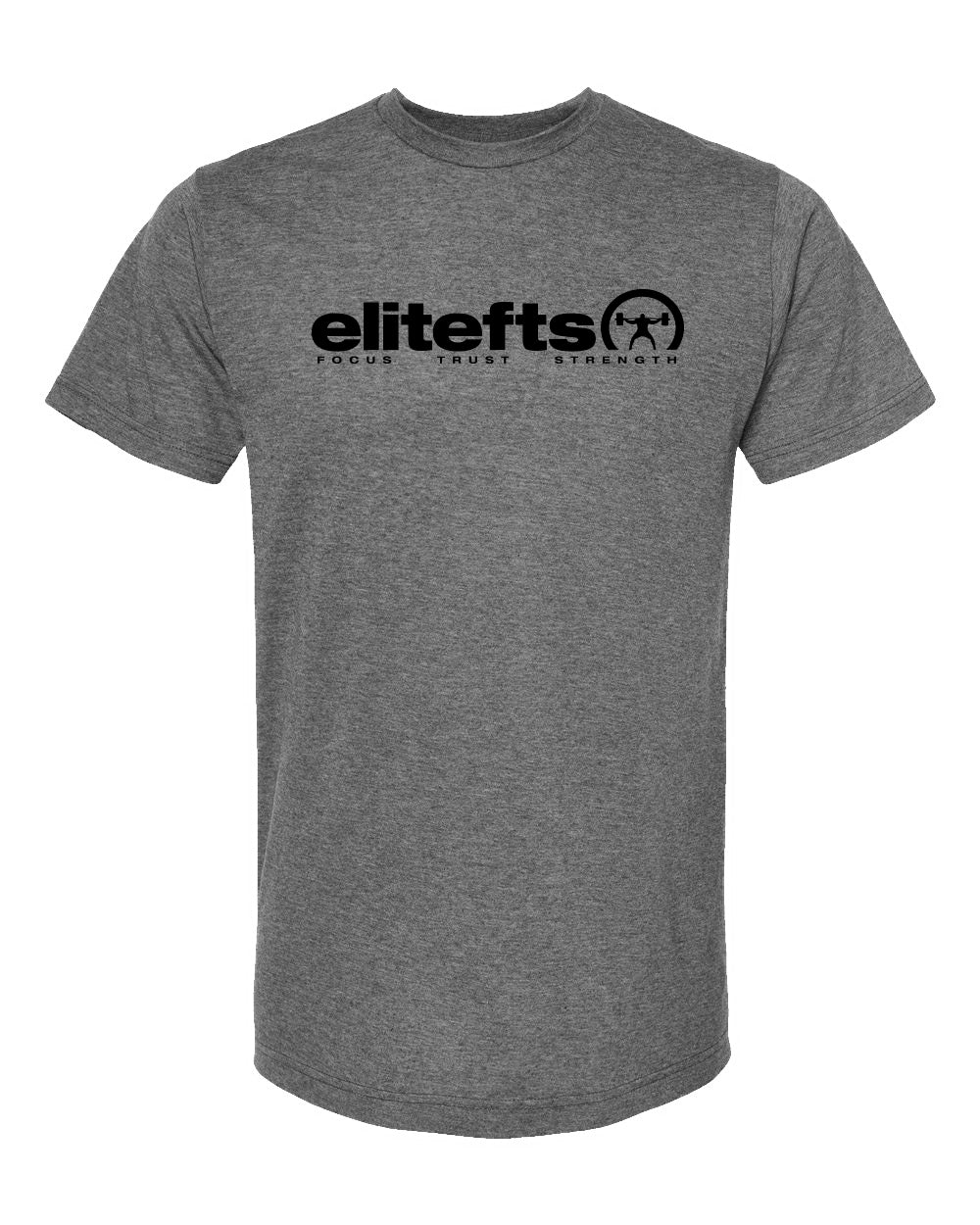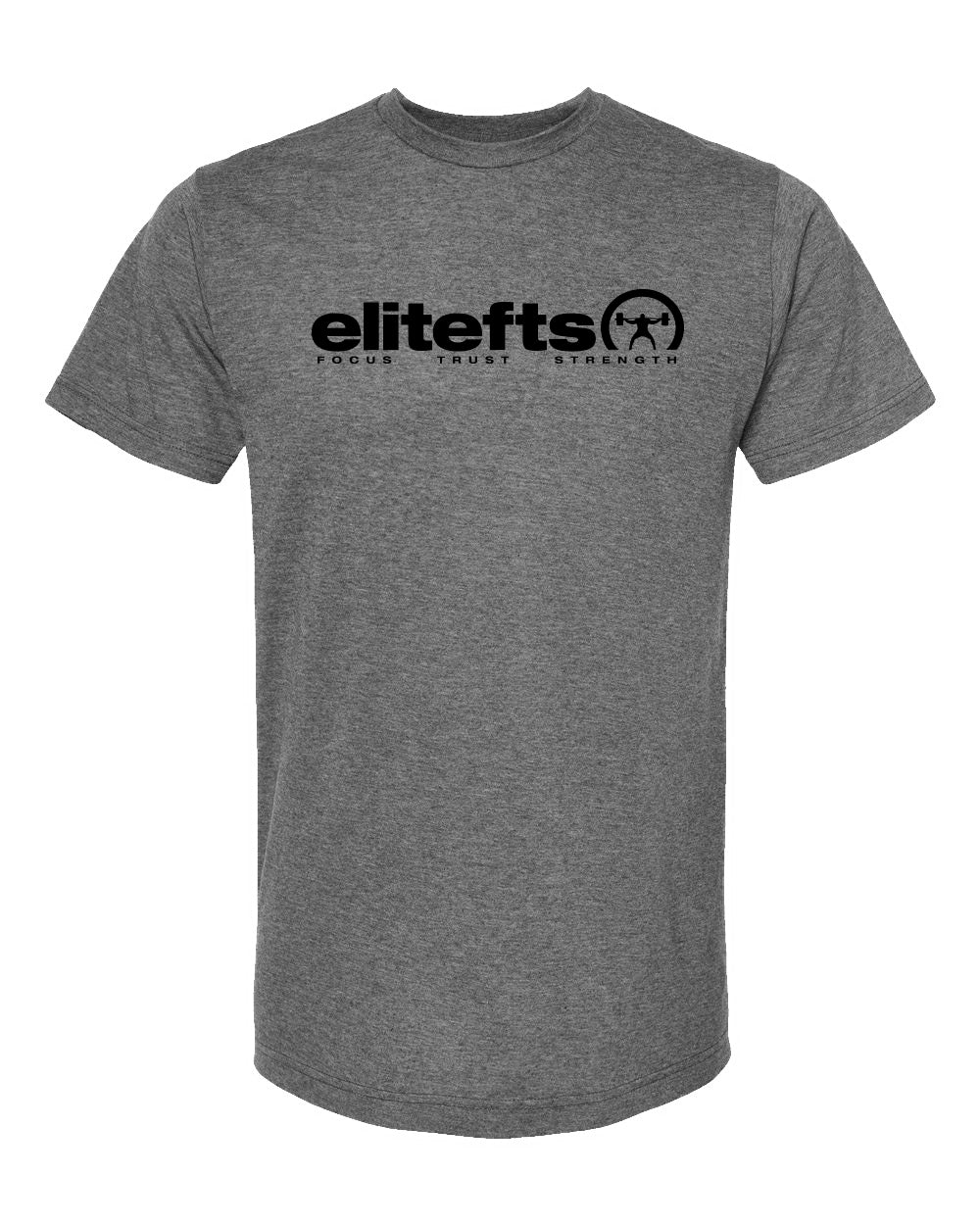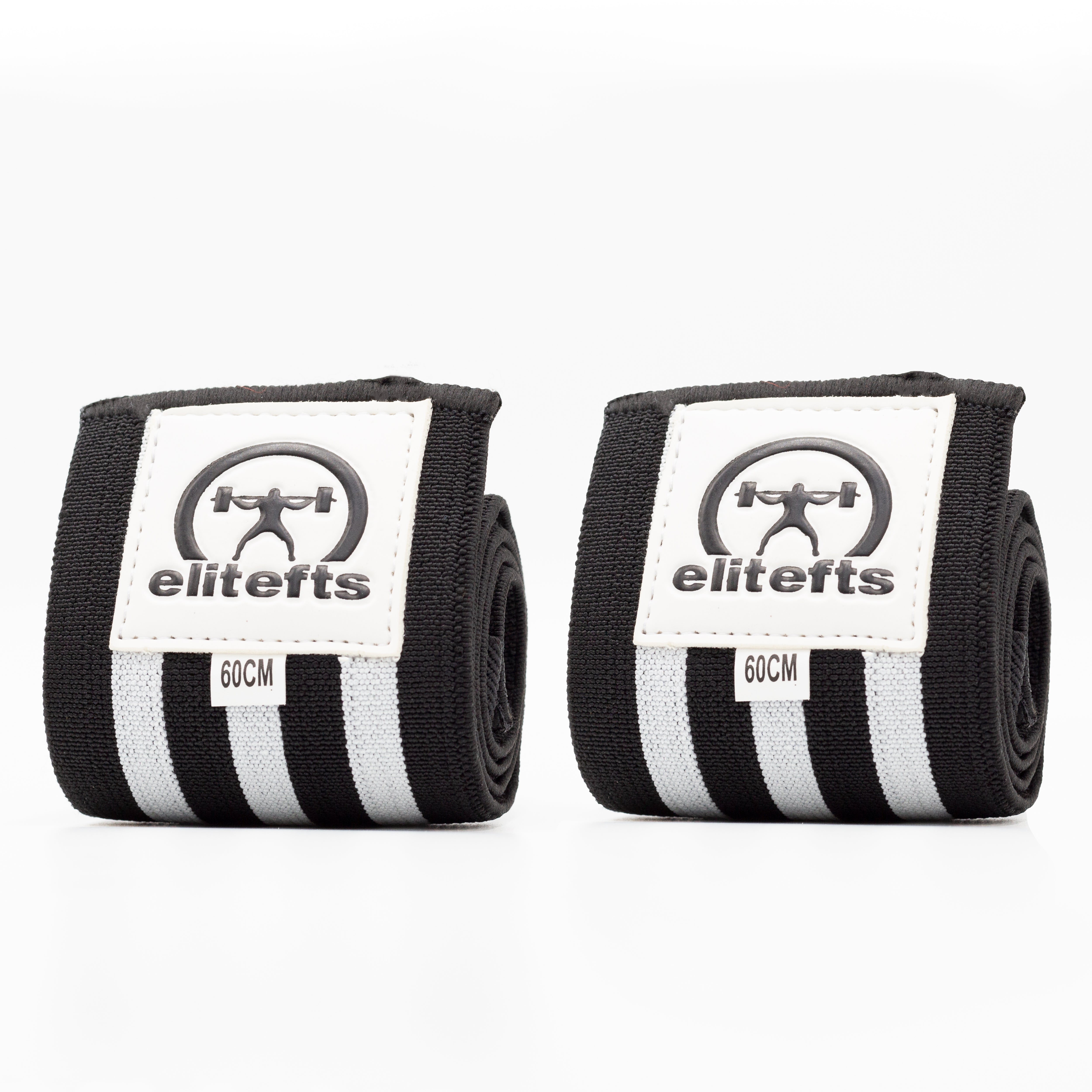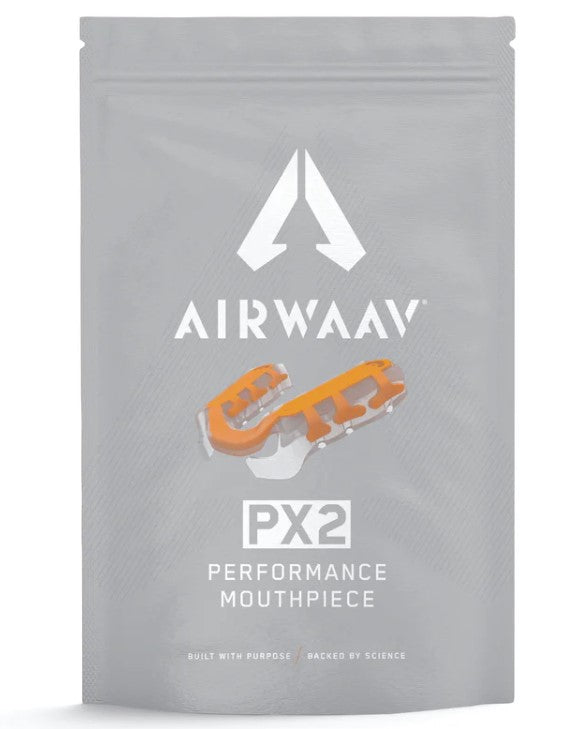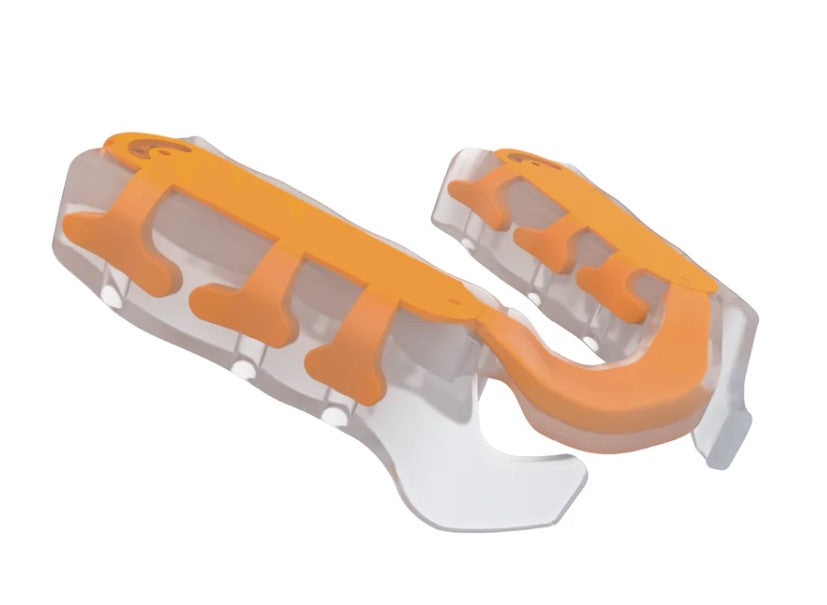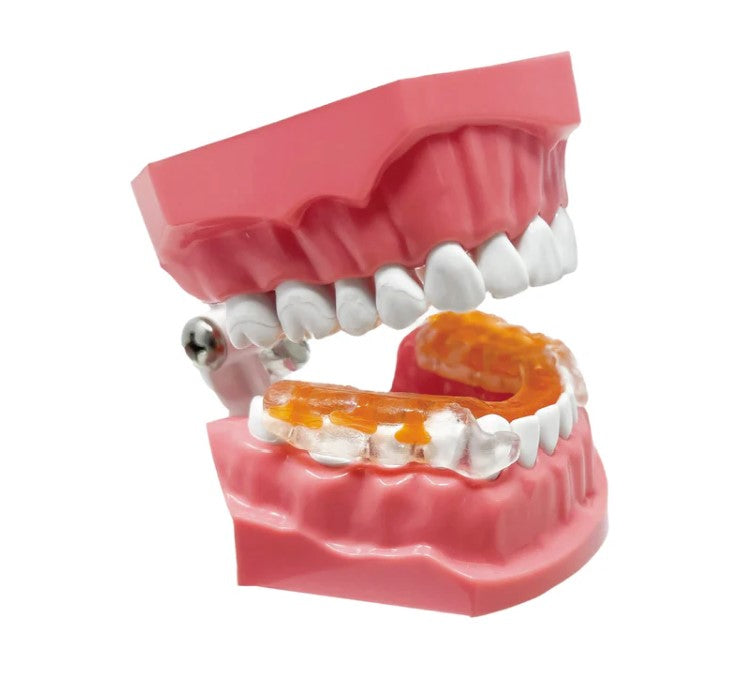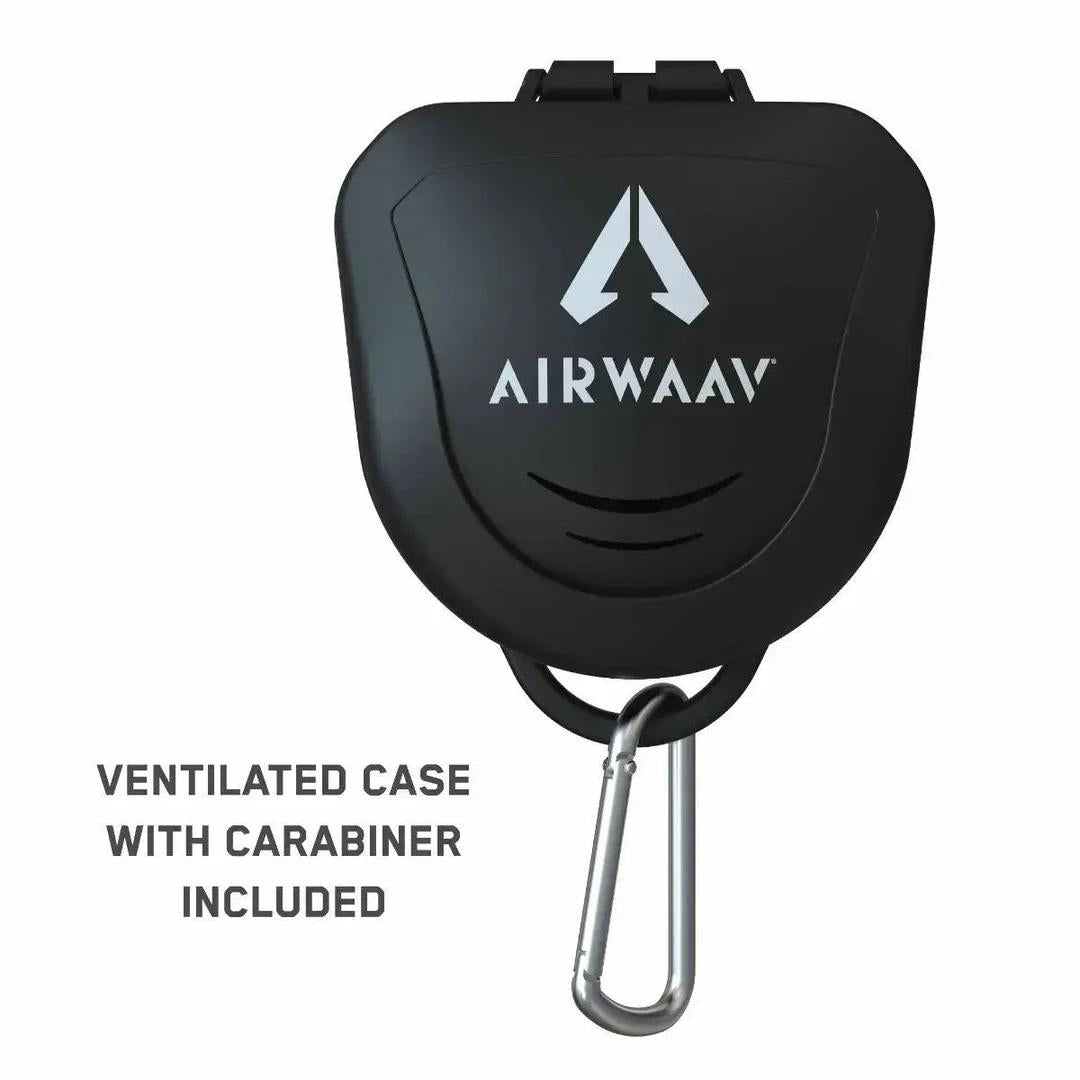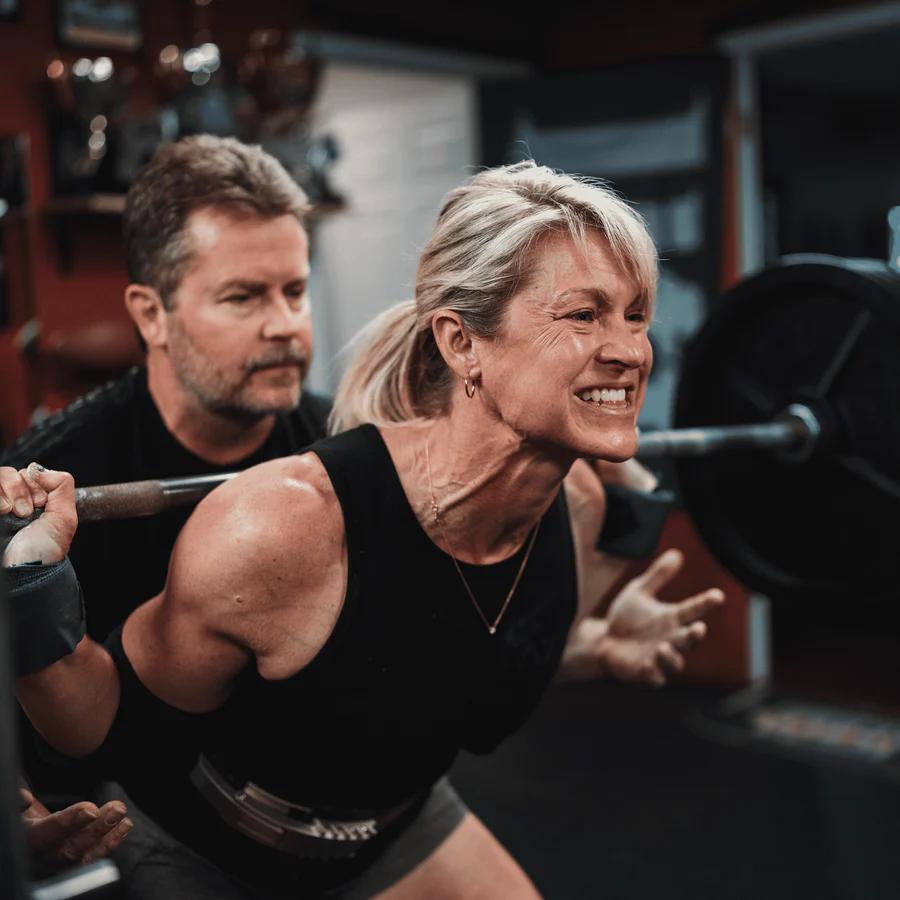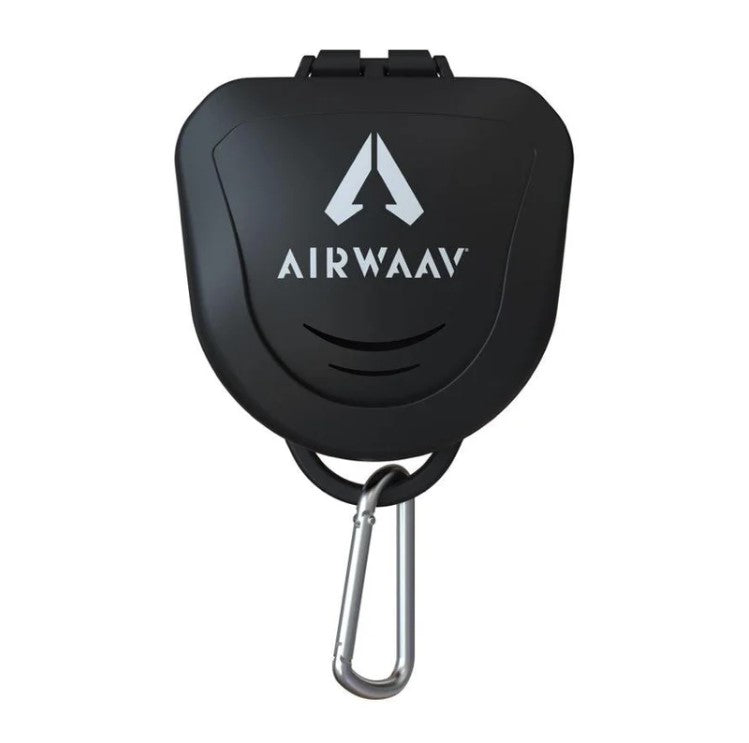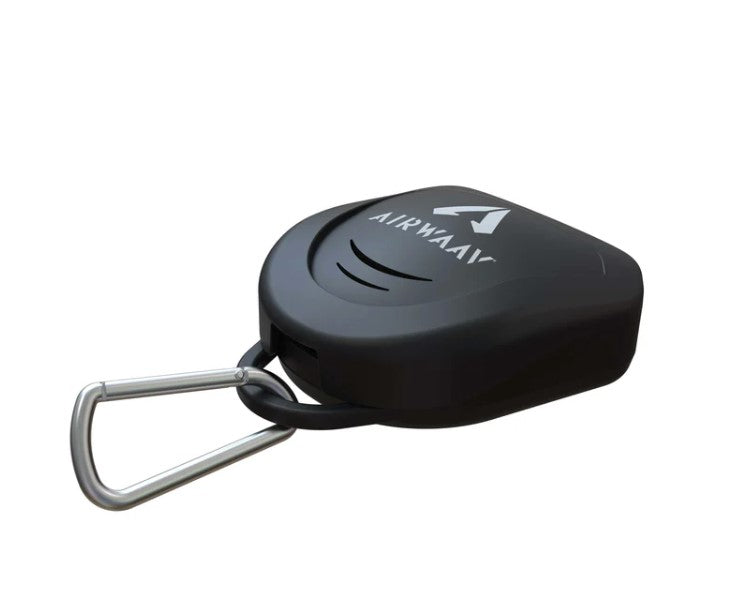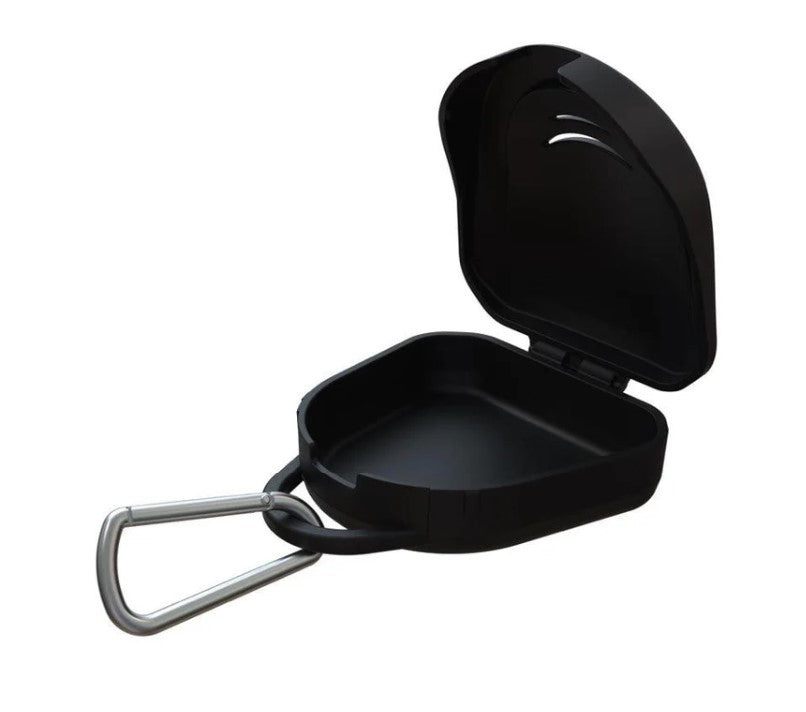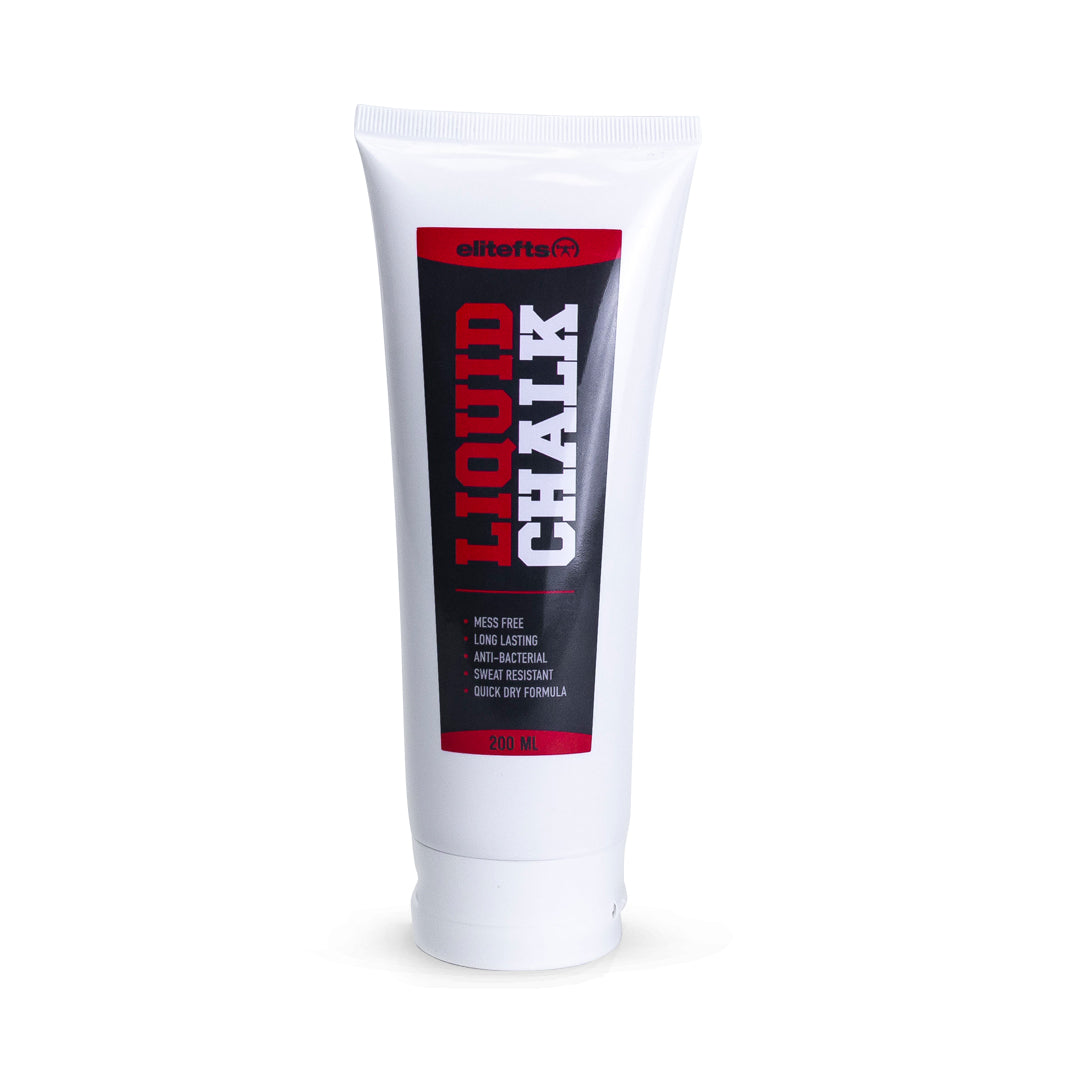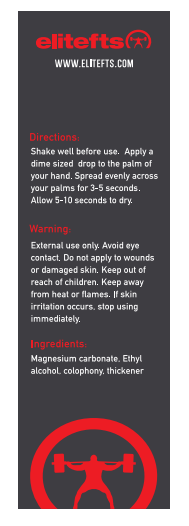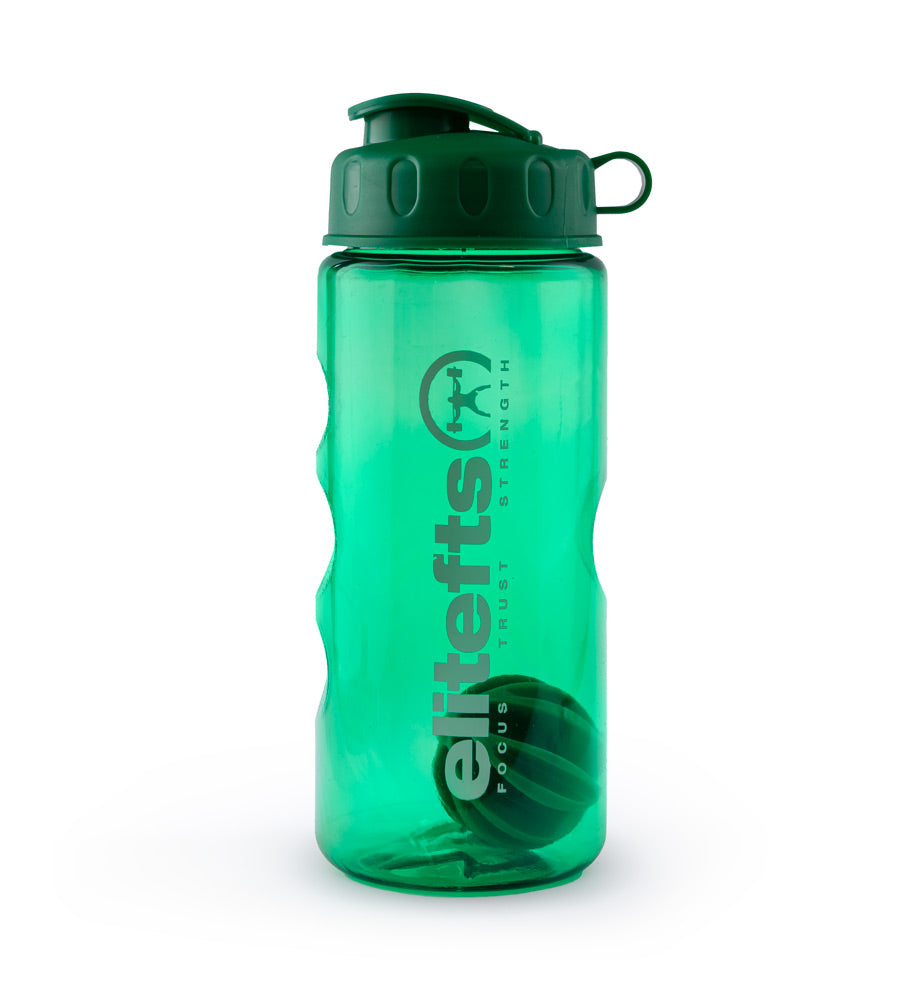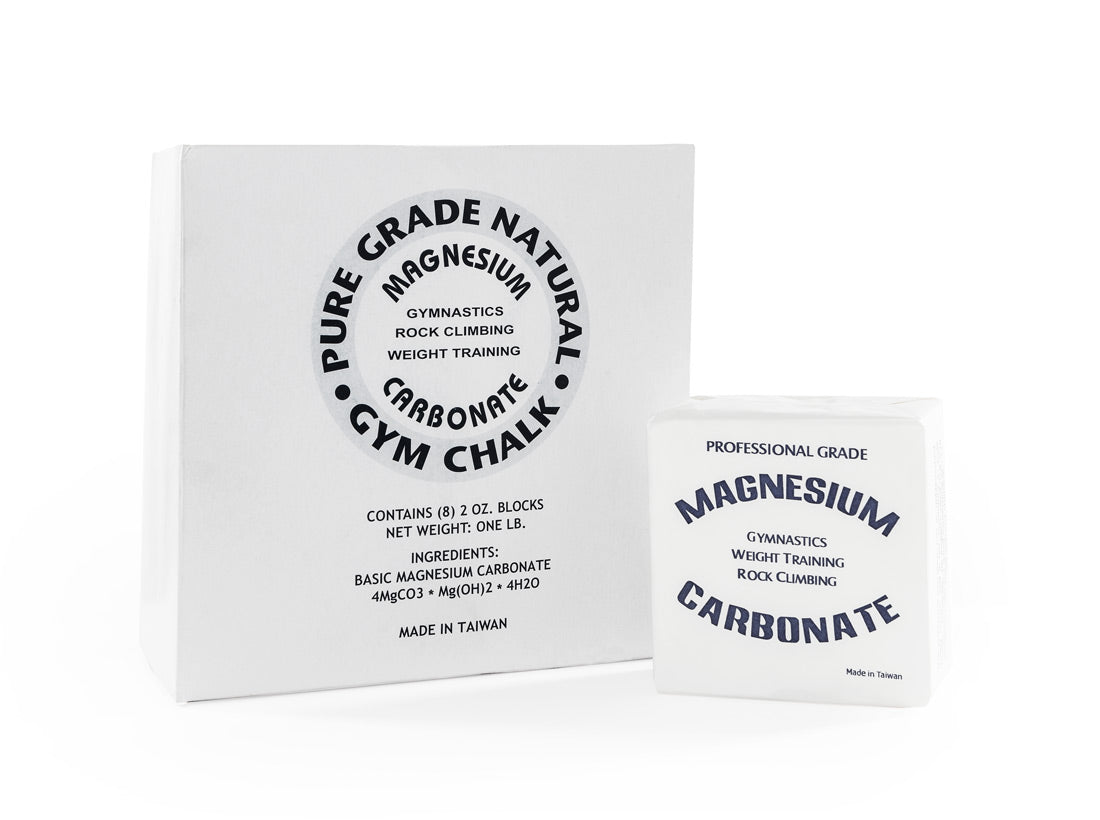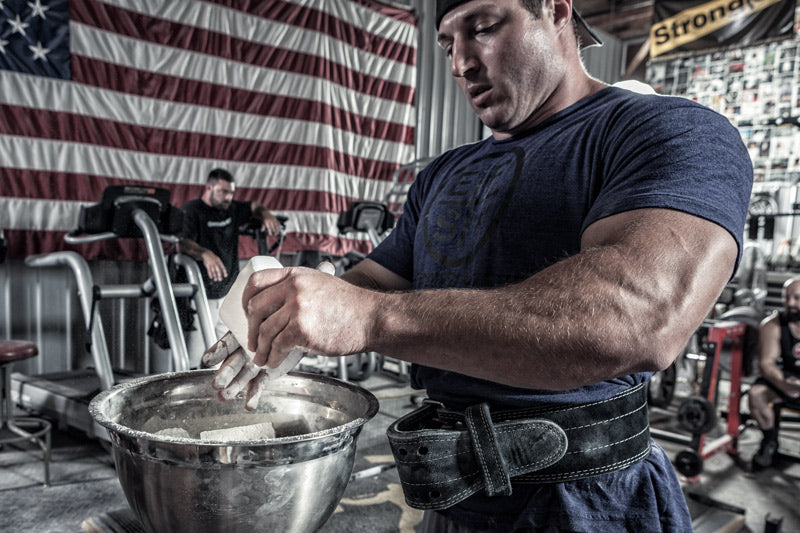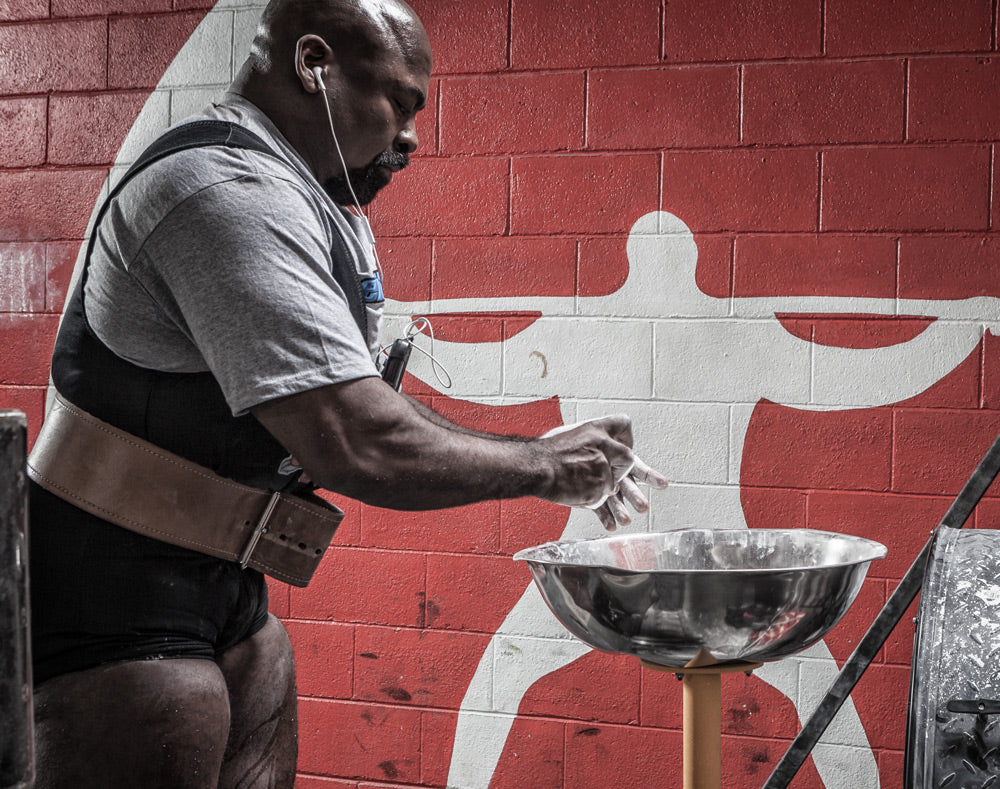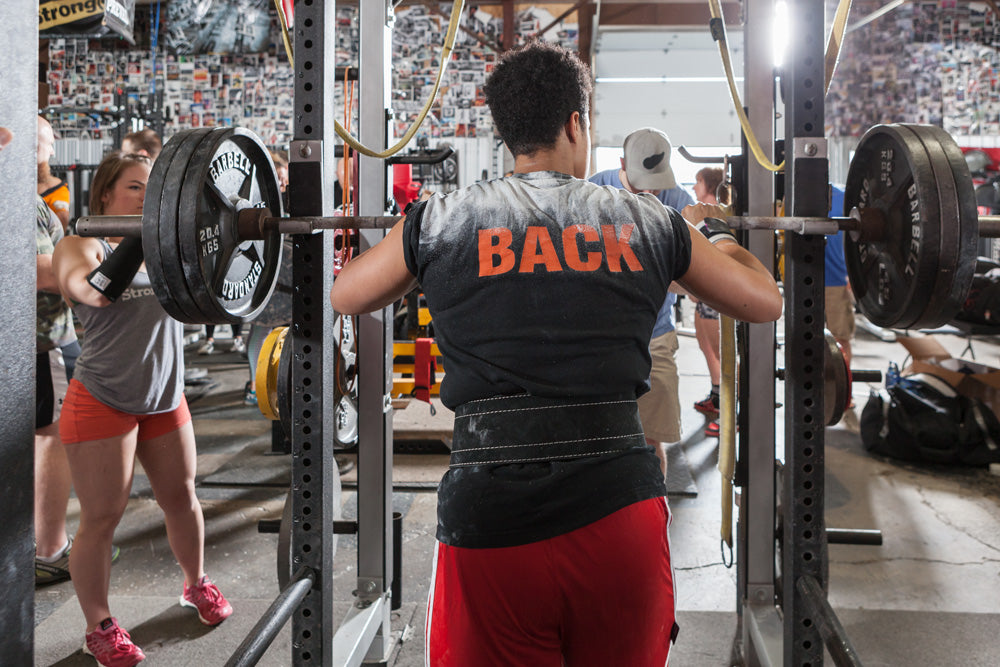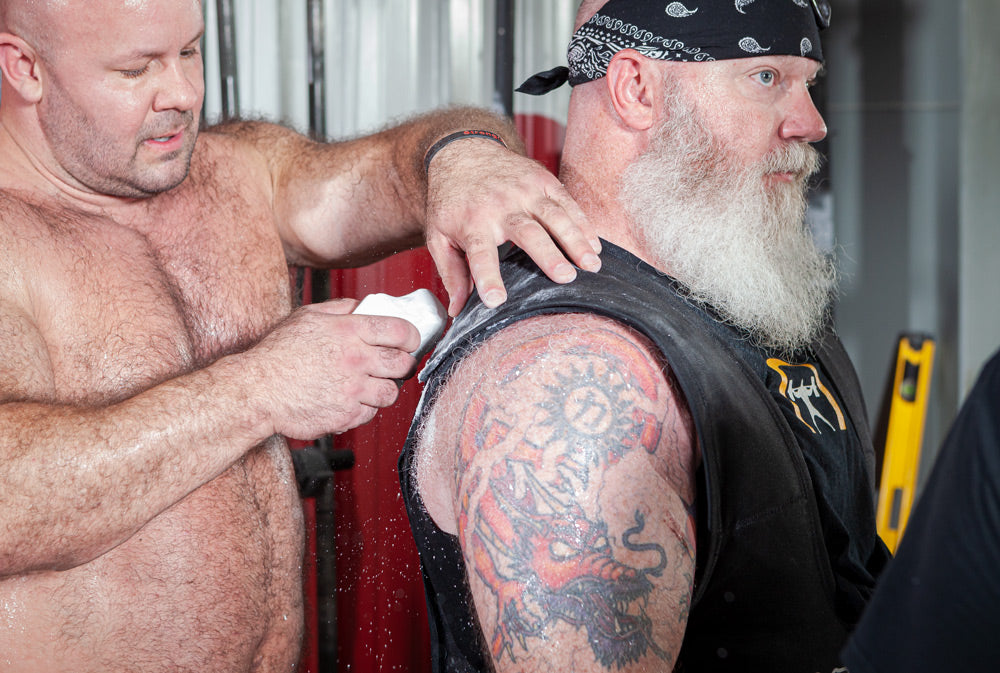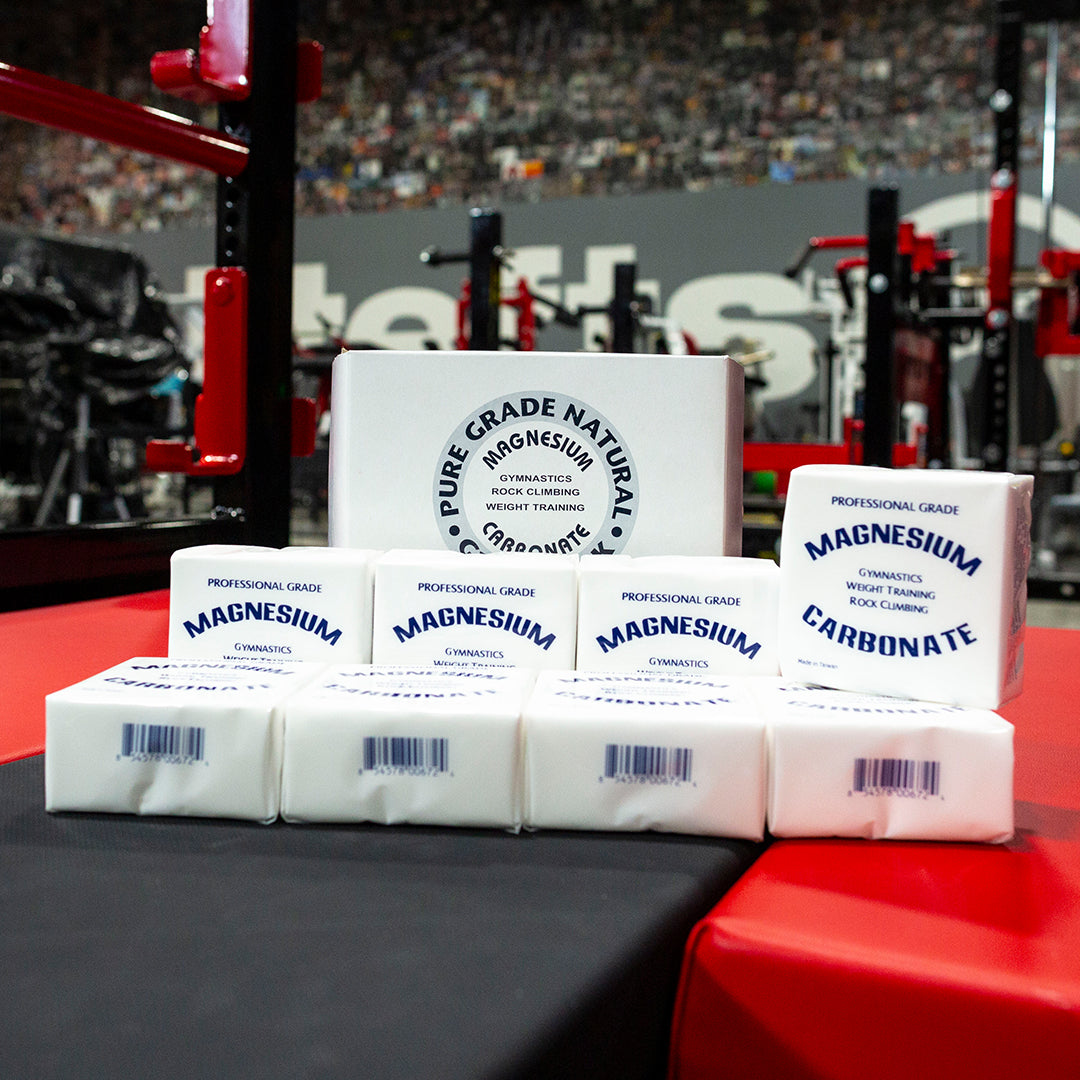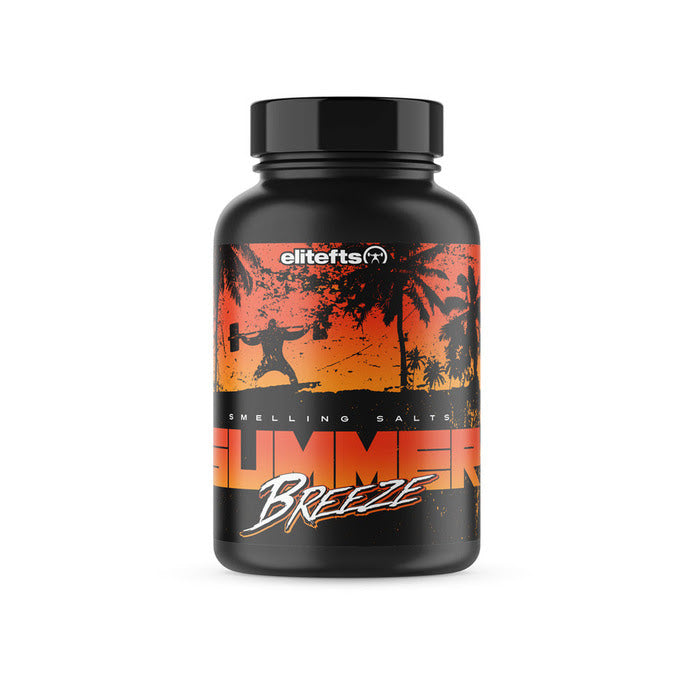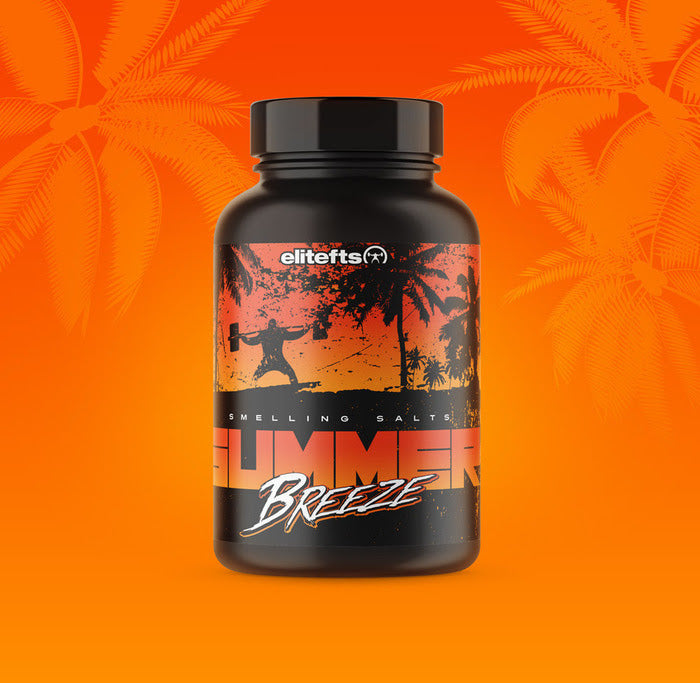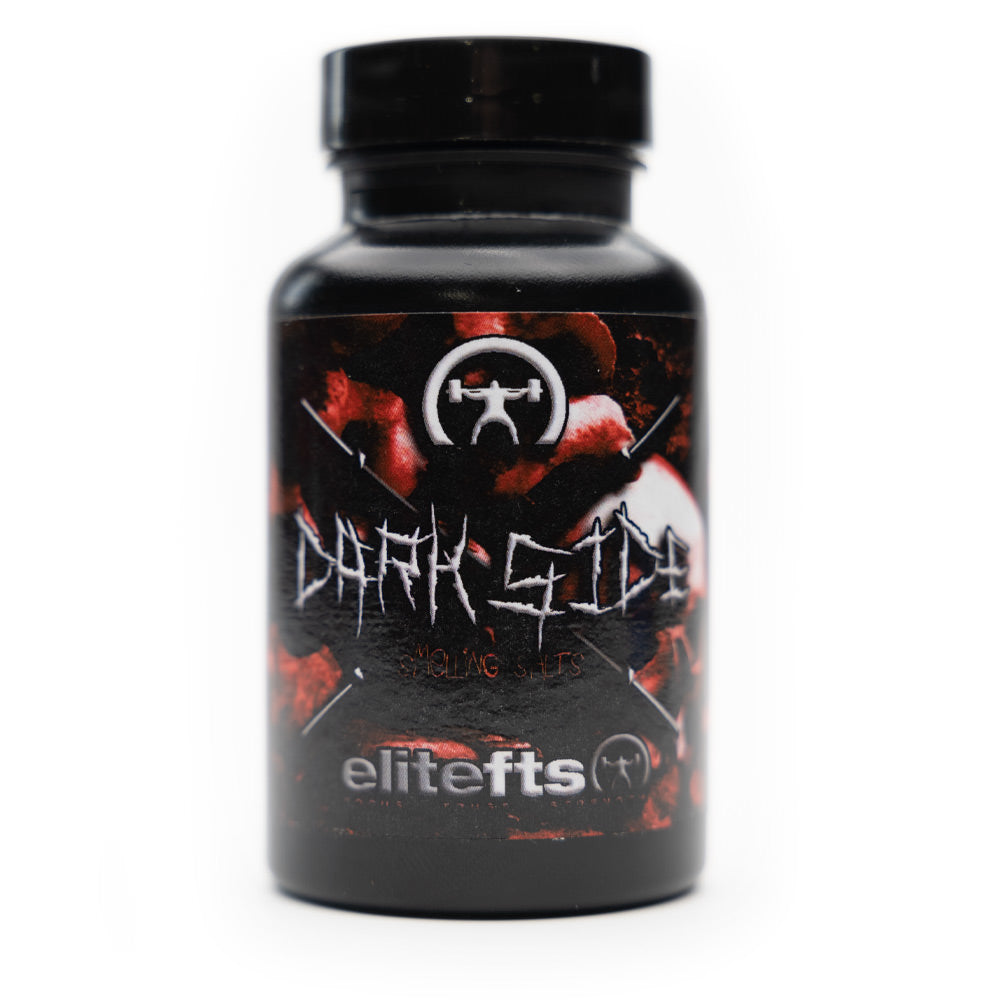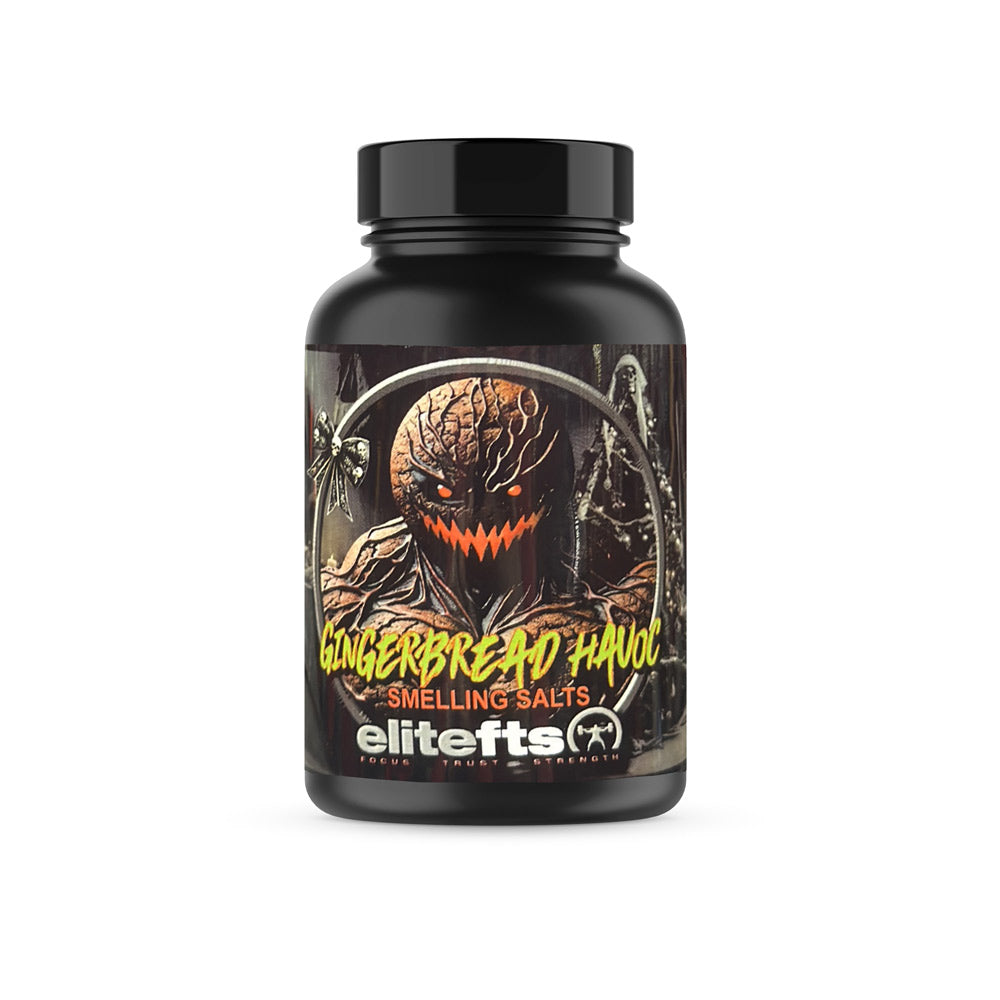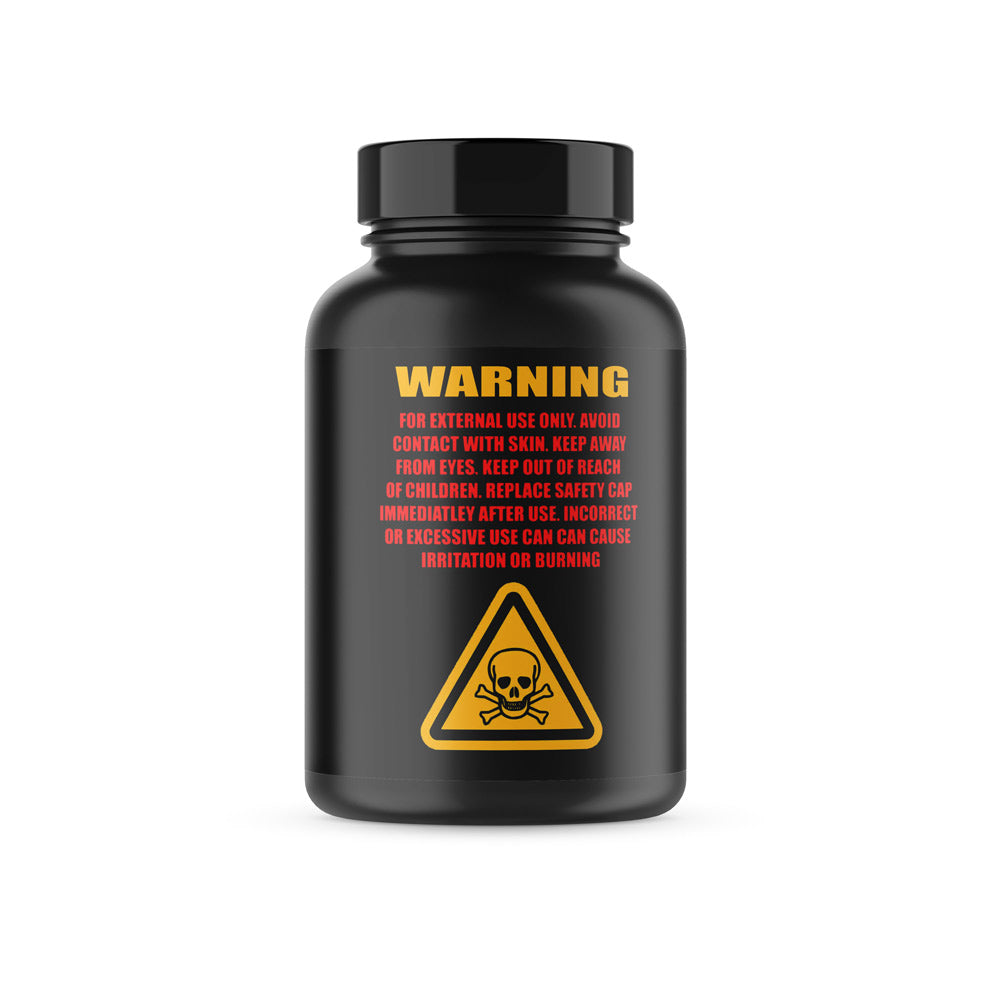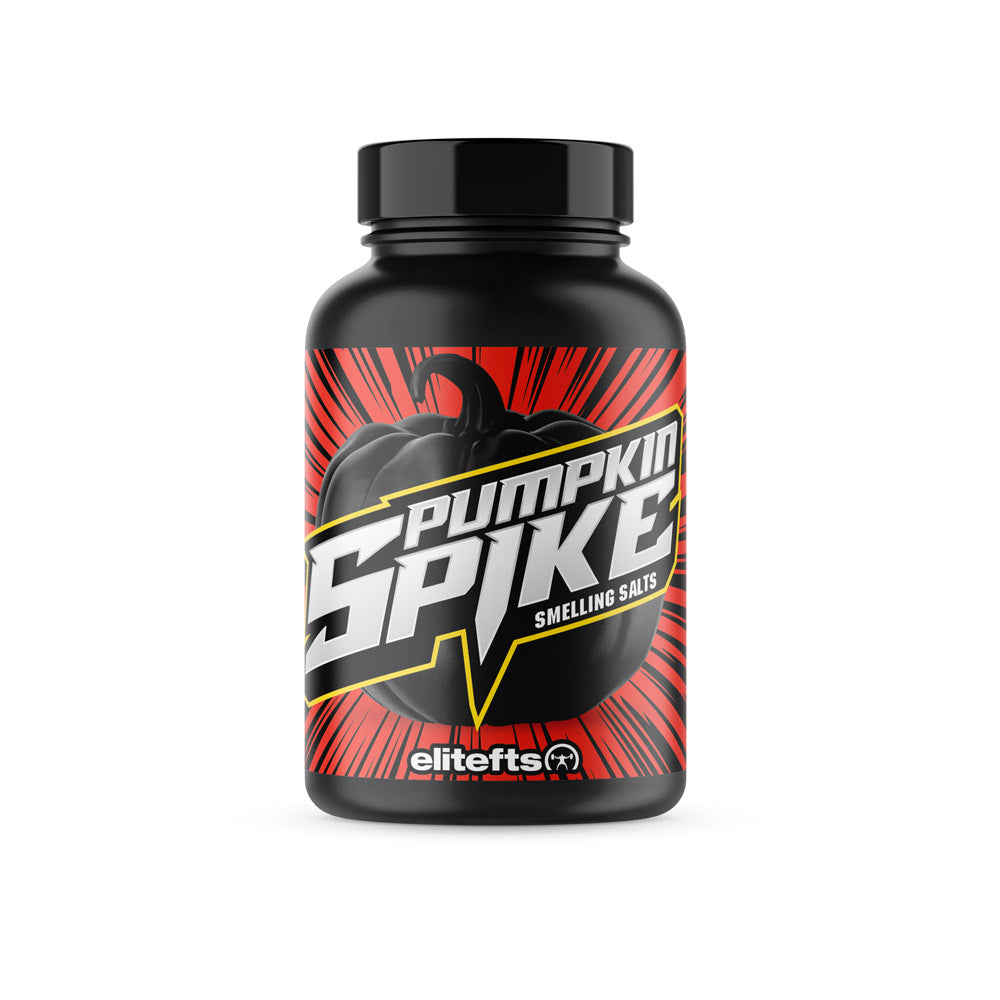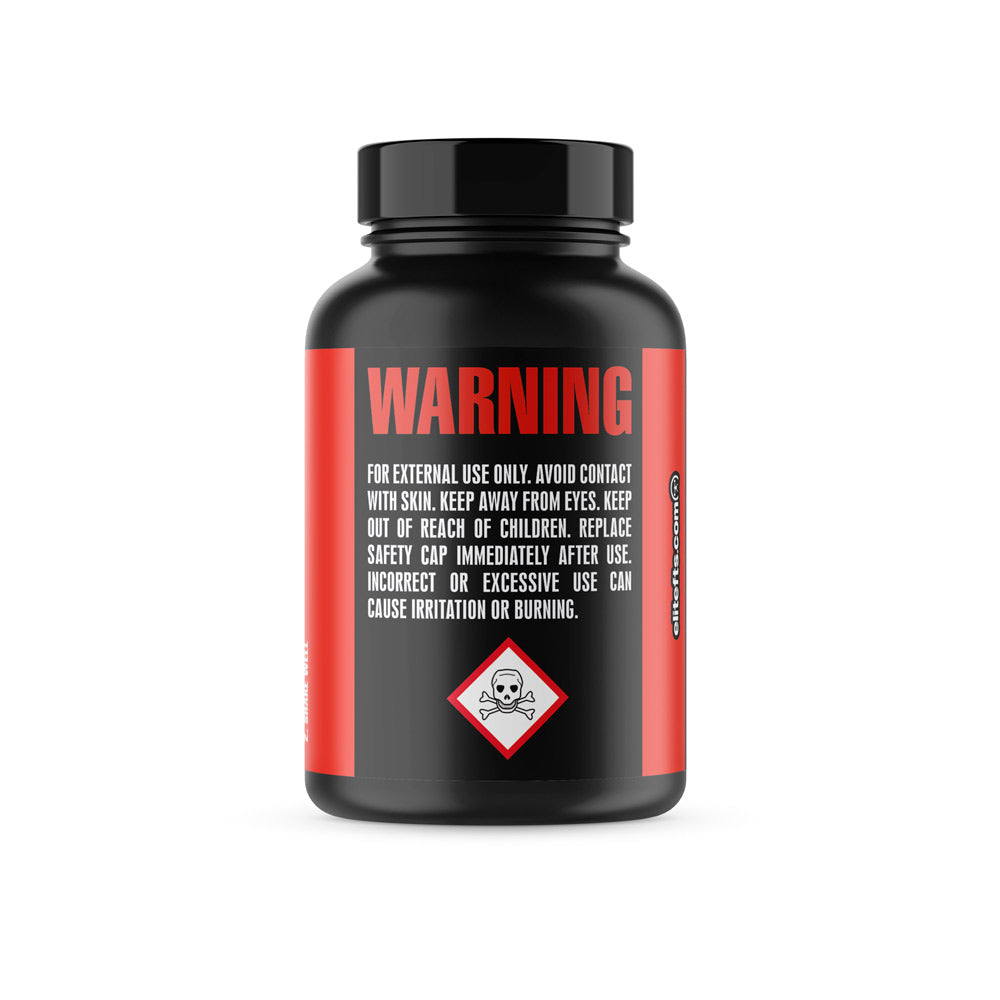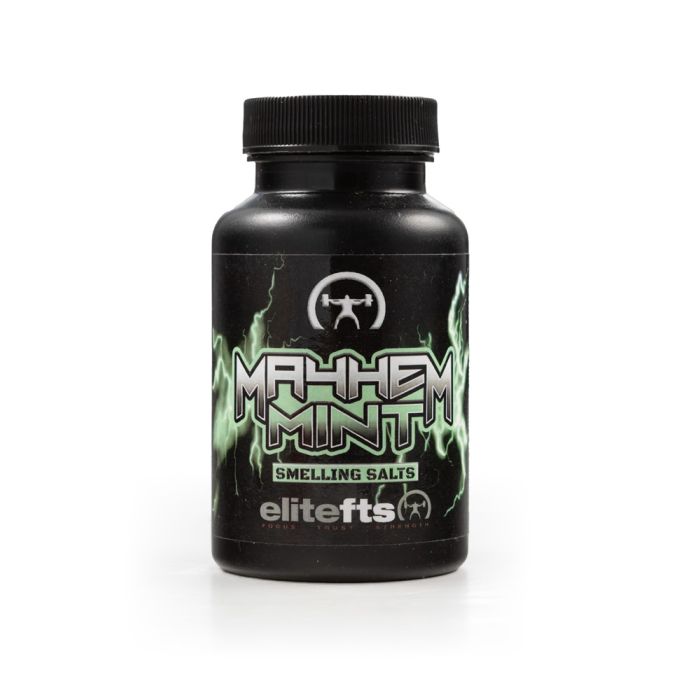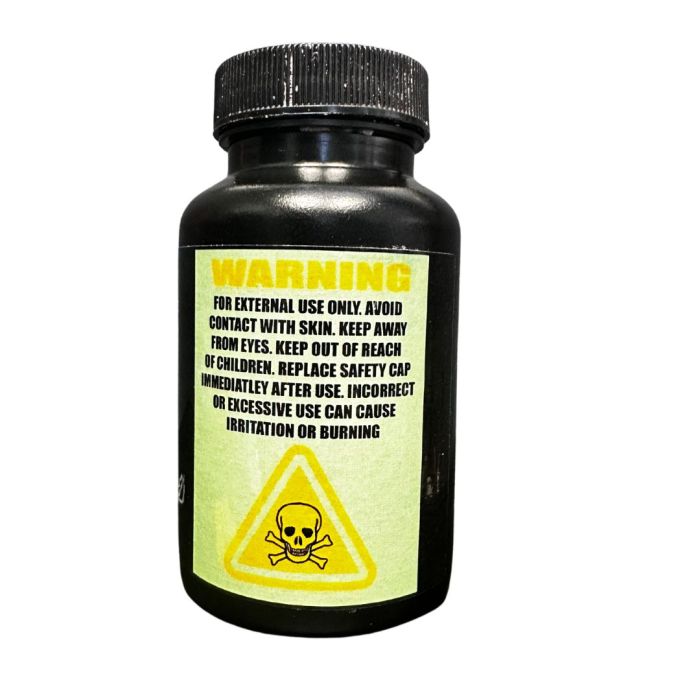Like you, I love slapping more heavy plates onto a barbell as I progressively get stronger. When it comes to adding size and strength to my frame, I throw all caution to the wind and pour every ounce of piss and vinegar into each set I perform. If the thought of injury crosses my mind, I dismiss it immediately. I don’t want that shit in my mind any more than I want salad touching my plate at supper.
Like you, I also want to continue getting stronger year after year and compete at a high level of performance well into my geriatric years. There is nothing worse than a “has been” athlete, a washed up meat head who is no longer of any use to himself or anyone else. I imagine an old race horse on his way to the glue factory has similar feelings as those of a powerlifter or Strongman who can no longer perform a single push-up because of over-use injuries.
In the following paragraphs, you’ll discover a simple technique that I call corrective power lifting. It isn’t the typical physical therapy stuff that you’ll read about on PtonTheNet. I won’t advise you to breathe through “pursed lips” or “draw your belly button in.” However, I will challenge you to take a career defining look at your physical structure and program design. If remaining strong and injury free is important to you (not to mention maximizing your performance), you WILL read and take heed.
#1 Assessment: “Show me what you’re working with.”
I hate generalizations, but I’ve discovered that there are “generally” three areas of the body where most people have land mines (injury potential). Also, athletes with a landmine in one of these three areas usually have one in the other two. In fact, one usually causes the others to appear.
Shoulders/Neck
The most common land mines in this region look like this:
- Tight: Cervical extensors (back of the neck), sides of the neck, upper traps, pec minor
- Weak: Deep cervical flexors (front of the neck), scapular adductor muscles, rhomboids (upper, middle back)
The most common land mines in this region look like this:
- Tight: Periformis (deep glute muscles), posas (hip flexors), upper hamstrings, QLO (sides of the hips), IT bands (sides of the thighs)
- Weak: Glute maximus (superficial butt muscles), big ass = strong and fast, abdominals
The most common land mines in this region look like this:
- Tight: Soleus (Achilles tendon), flexors of the foot
- Weak: Anterior tibialis (shins), extensors of the foot
Also, there are common postural issues associated with each land mine. For example, someone with a shoulder land mine may have rounder shoulders and a forward head (head juts forward). So, if that’s you, be afraid, very afraid!
“Damn, Elliott, what the hell do I do now?” Great question. This leads us to…
#2 Corrective stretching and strengthening
I know what you’re thinking, but please understand… I hate physical therapy exercises, too. The name of this article is “Corrective Powerlifting,” not corrective therapy. Below I’m going to give you some tools that will clean up your exercise form, relieve pain, and get you jacked at the same time so bear with me.
Shoulder land mine
The shoulder landmine is usually most evident during the squat. Guys with this issue can’t seem to get their neck and shoulders comfortable with the bar on the back. They usually have a very rounded upper back and seem to be jamming the bar into their neck with the elbows pointed straight back. Here’s what you do to correct this issue:
Stretch the sides of your neck by pulling your head to the side. Stretch the back of your neck by pulling your head forward with your chin to your chest. Stretch your pec minor in a door jam, and stretch your lats by holding an upright and leaning your chest down.
Strengthen your deep cervical flexors by keeping the tongue on the roof of your mouth when doing crunches (if you do crunches). Strengthen your rear delts by doing rear dumbbell flyes and crows. Strengthen your middle back by doing bend over rows, seated rows, face pulls, and dumbbell rows.
Hip land mine
This is usually associated with low back or hip pain. The problem with the hip land mine is that it comes in two forms. The first is associated with tight hip flexors and the second with tight upper hamstrings. It’s very rare for someone to have both, but it can happen. However, because most athletes who I train have tight hip flexors, I’ll describe this land mine and its corrective measures.
Stretch your hip flexors by getting on one knee and leaning your hips forward. Stretch your piriformis or deep glutes by laying on your back and pulling your knee into your chest while pulling it toward the center line of your body.
Foam roll your IT bands.
Strengthen your glutes by performing deep squats while shoving your ass out. You can also strengthen your glutes by doing high box step ups,
glute ham raises, and hip extensions.
Ankle land mine
This is usually associated with back pain and shoulder pain. Everything moves from the ground up so if your feet are screwed up everything else above it will be too. These guys love getting on their toes when they squat and will even place boards under their heels instead of stretching.
Stretch your Achilles tendon by standing with one foot halfway off of a block and the other on top of it. The knee of the foot that you’re stretching should be slightly bent. I like to sit on the floor and just pull my toes toward me with my hands, but you can also perform a standard calf stretch.
Strengthen your shins by sitting straight-legged on the floor with your feet together. Pull your toes toward your face and hold it there for timed sets. There are also devices that are designed to strengthen these muscles also.
Getting stronger year after year takes a combination of several modalities and patience. However, this is only accomplished if you remain injury free. If you hate pre-habilitation but want to avoid rehab use my approach and perform corrective powerlifting.
Elliott Hulse is a certified strength and conditioning specialist and owner of Strength Camp, a sports performance service in St. Petersburg Florida. He trains athletes to get stronger and faster in a “warehouse gym” with about $1000 worth of equipment. Lean more about Elliott and get his “Top 10 Gym Exercises for Explosive Football Speed” by visiting http://www.FootballStrengthProgram.com or http://www.StrengthCamp.com.

